- Home
- |
- Pandemic Learning
- |
- Pandemic Data Tracking
Pandemic Data Tracking
This page catalogs the Center on Reinventing Public Education’s efforts to monitor how states and large school districts responded to the Covid-19 pandemic. Some key themes emerge from our analysis:
- At every turn, school systems were caught flat-footed and responses were hampered by the faulty assumption that a return to normal operations was just a few weeks or months around the corner.
- The pandemic took everyone by surprise in spring 2020. That summer was a chance to prepare, but districts largely assumed students would return to classrooms in the fall—until spiking cases foiled their plans.
- This pattern repeated during the winter wave in late 2020 and subsequent surges of the Delta and Omicron variants in the following months, which complicated efforts to reopen schools and prompted new closures and lengthy quarantine periods in large urban districts.
- From Florida to Colorado, some large school districts launched robust remote learning efforts within days of closing their buildings in March 2020.
- Others, in cities like Las Vegas and Milwaukee, left students largely to their own devices, often relying on paper packets in lieu of online instruction.
- During the 2021-22 school year, the amount of instruction students could expect to receive and the health measures their schools put in place varied widely based on where they lived.
- Districts that tried to require masks or vaccines found themselves in battles with states that sought to forbid these measures—fueling uncertainty around health precautions. For example, San Antonio fought the state over a vaccine requirement, while multiple Florida districts fought the state on masks.
- Other states, especially in the West and Northeast, sought to require vaccinations of teachers and students—though in some cases they were forced to delay enforcement of these requirements.
- Districts found that staffing shortages – often across multiple departments and roles – impacted their ability to staff classrooms and even get students to school. Teachers and students in some cities staged student sickouts and protests. Chronic absenteeism and enrollment declines are now forcing some districts to consider closing schools while also feeling pressure to incentivize staff to stay.
- Operational stress and political turmoil drove high-profile leadership turnovers and superintendent departures in nine of the country’s largest 10 school districts since school closures began in February 2020.
- While many districts weathered the pandemic in a reactive stance, others used this moment to try to dismantle old, inequitable systems or provide new forms of student support. Indianapolis Public Schools is opening new permanent remote learning schools anchored in family feedback and implemented with community partners. Guilford County Schools has launched after-school learning hubs to re-engage high school students as well as a robust high-dosage tutoring program.
- Others, such as Baltimore City Public Schools and Jefferson County Public Schools in Kentucky, are using federal ESSER stimulus funds to provide comprehensive learning acceleration strategies and, in some cases, more family engagement and partnerships.
- Pre-pandemic organizational structures and longstanding innovation agendas supported district innovation—reminding us that innovation is possible when responding to crisis.
View the data
CRPE’s databases provide details about pandemic-related decisions and plans for 100 large and urban districts serving nearly 10 million students. Analysts collected publicly available data from district websites, board meeting records, and media reports on a weekly to biweekly basis, from March 2020 to September 2022. The sample varied over time but focused on large and urban school systems. It is not a representative sample; the school systems represented here skew larger and more urban than the nation’s as a whole.
CRPE evolved the topics and locations studied as the pandemic progressed in order to capture new and timely learnings. Data tracking evolved over time from immediate considerations (such as continuity of learning and technology access) to systemic conditions impacting students and families (such as school reopening, remote learning, health and safety policies, learning and socio emotional recovery, and ESSER spending strategies).
Our data are available for download, by year, below.
Learn from our analyses
Review CRPE’s in-depth analysis of district and state responses to the pandemic.
- All
- District Analysis
- Large and Urban Districts
- Remote Learning
- School Reopening
- State Analysis
- Health and Safety
- ASDP
- Technology
- Data and Assessments
- Representative Sample
- State Actions
- Summer Programs
- Educator Workforce
- Staff and Student Well-Being

Lessons from School Leaders: Managing Debates on CRT and AP African American Studies
- February 3, 2023·

Learning acceleration and assessment strategies in 100 large urban districts
- October 28, 2022·
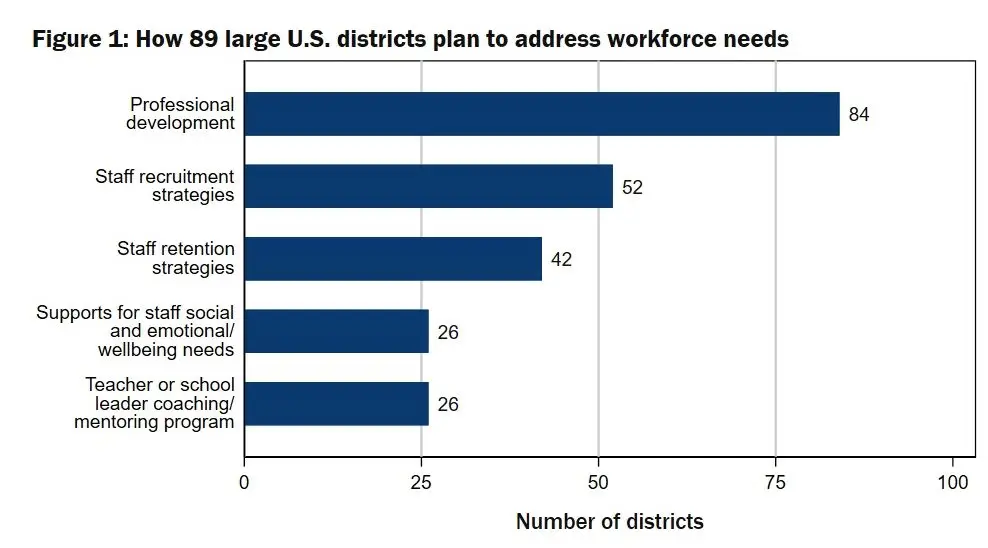
How 100 large and urban districts are attracting and retaining staff
- October 25, 2022·

Building upgrades, SEL: 100 large & urban districts plan their pandemic recovery
- September 23, 2022·
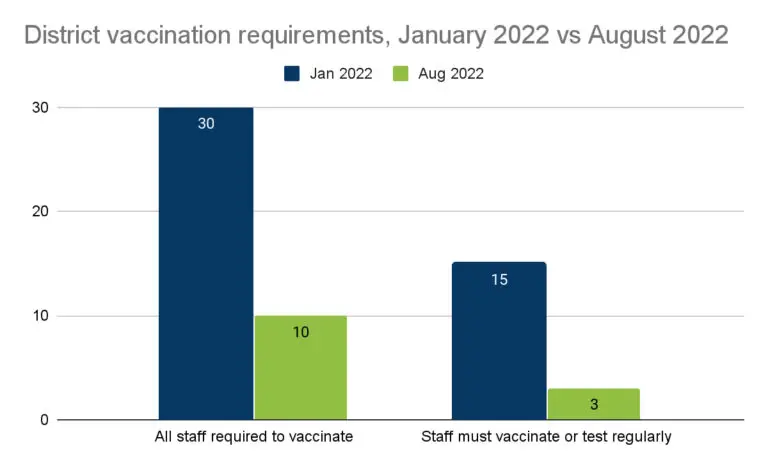
School mask, vaccine mandates are mostly gone. But what if the virus comes back?
- September 6, 2022·
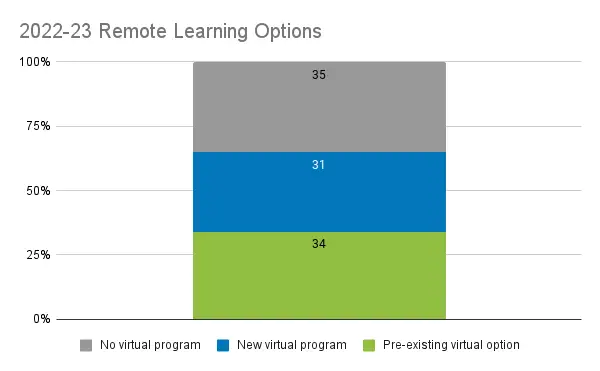
Remote learning options are shutting down as school reopens in fall 2022
- August 29, 2022·

Enrollment drops, staff shortages cause budget whiplash for top school districts
- July 20, 2022·
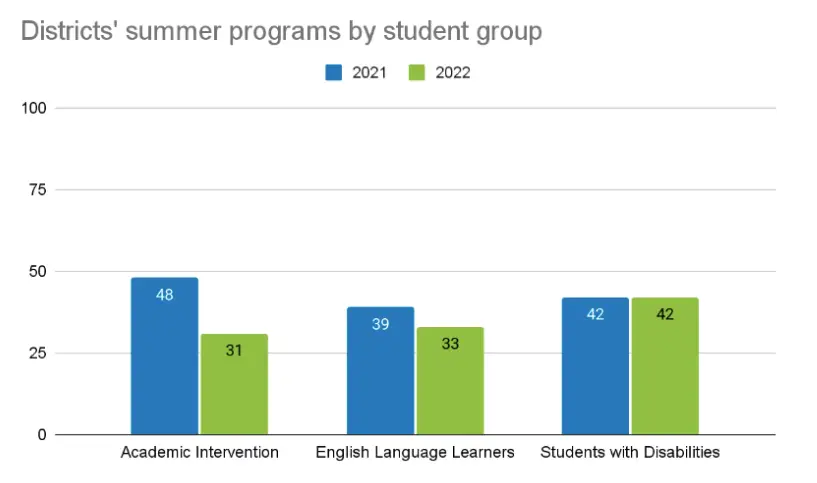
Many districts are doing less this summer to make up for lost learning
- June 17, 2022·

How 100 large and urban districts are (and aren’t) engaging stakeholders
- June 14, 2022·
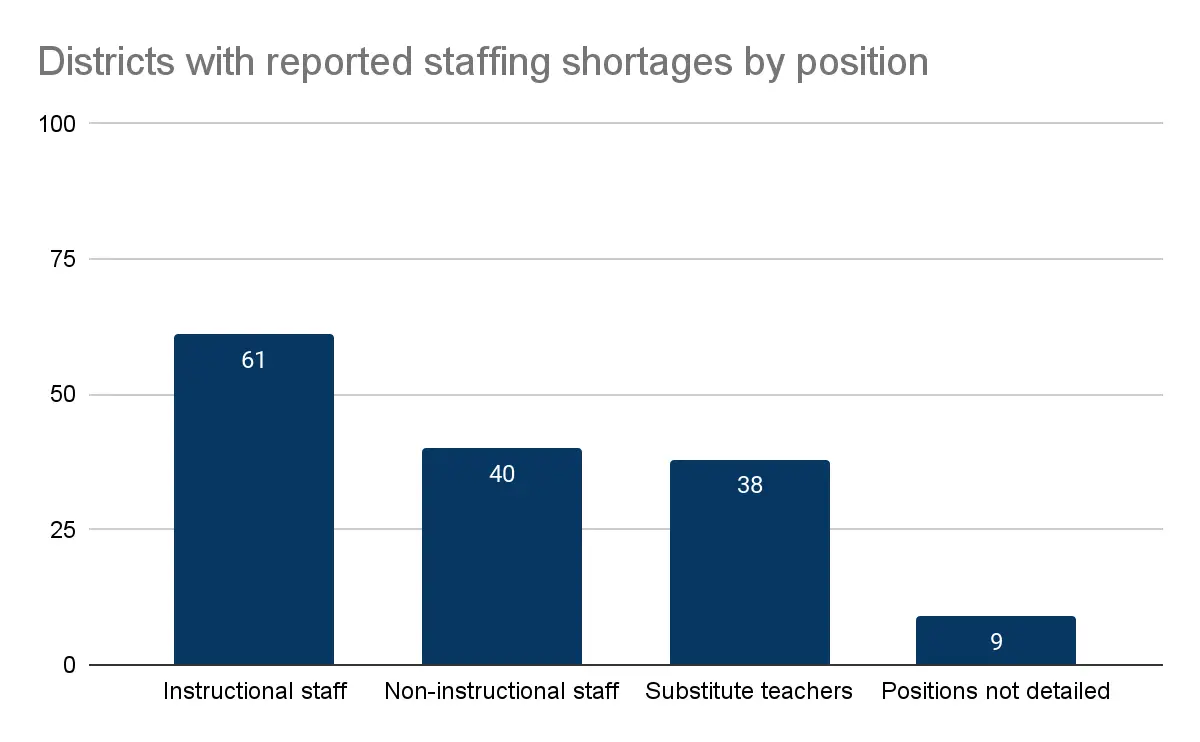
Data From 100 Large Urban Districts Show Half Facing Shortages in Key Positions. Fixing That Will Mean Rethinking Teaching & Working in Schools
- March 24, 2022·

How ready are schools for Omicron? December snapshot of 100 districts
- December 23, 2021·
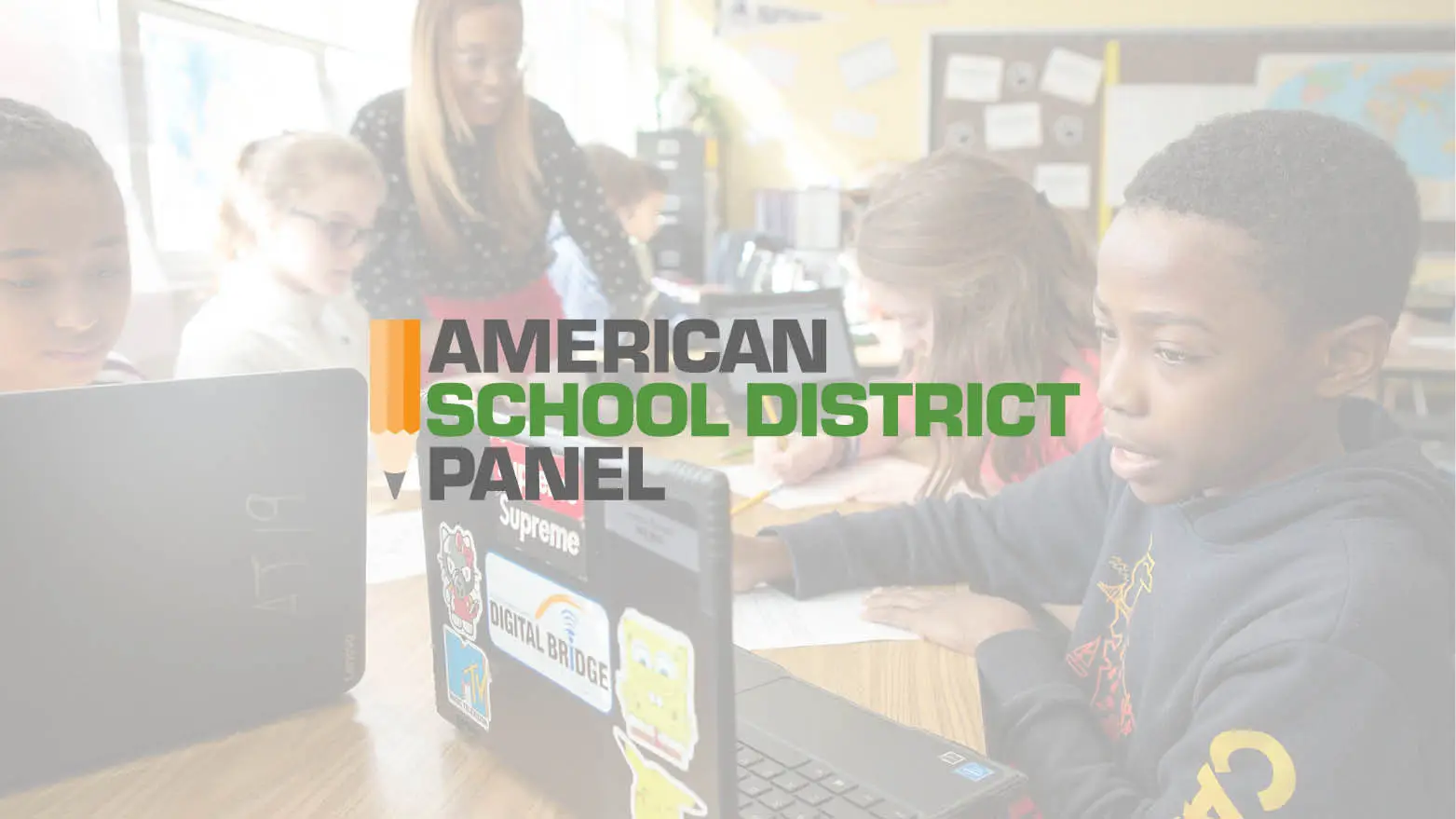
The State of the American District: Refocusing State and Local Agendas on Teaching, Learning, and Engagement
- October 28, 2021·
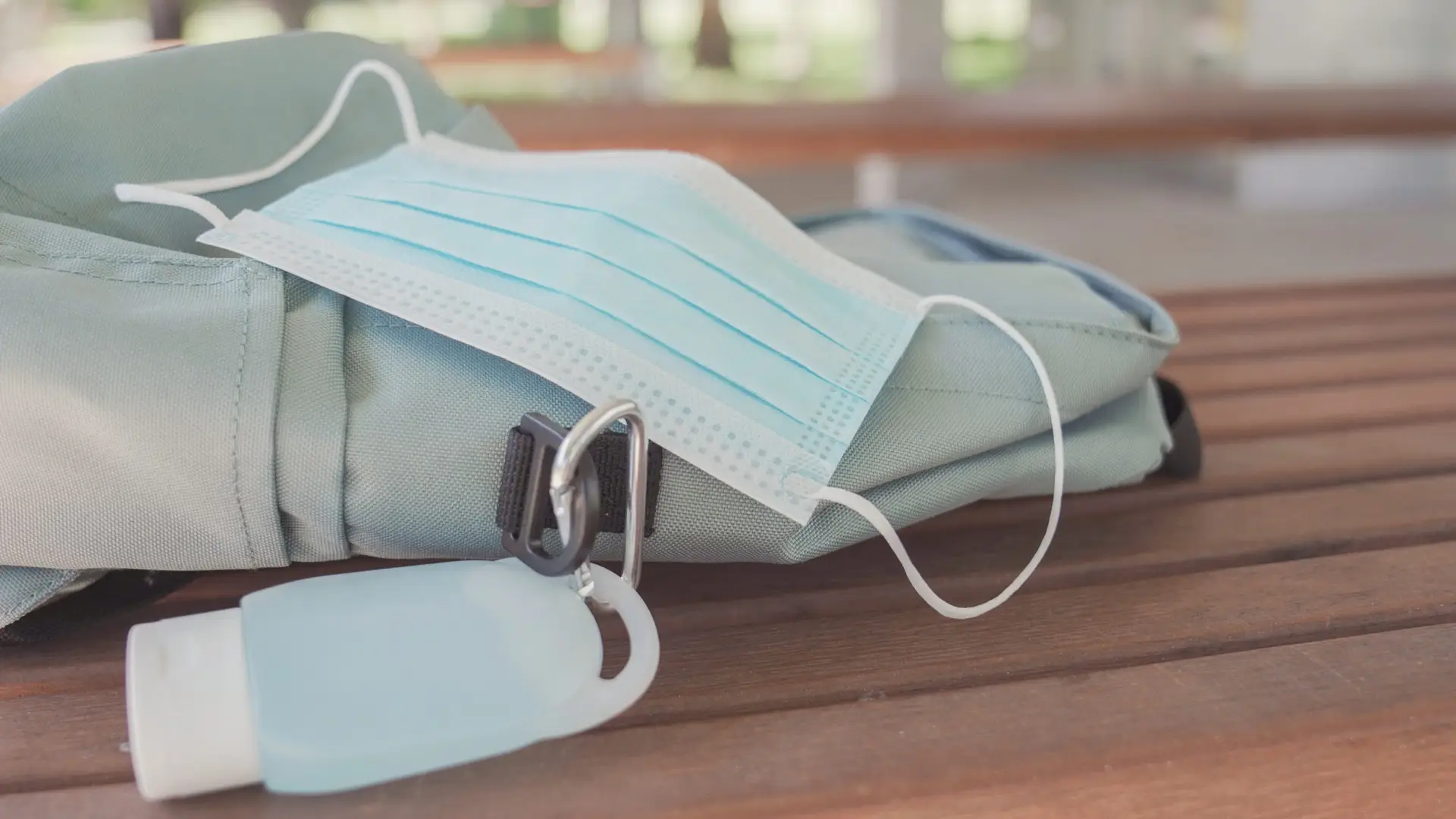
Notes from our database: The latest on 2021-22’s rocky return to school
- August 30, 2021·
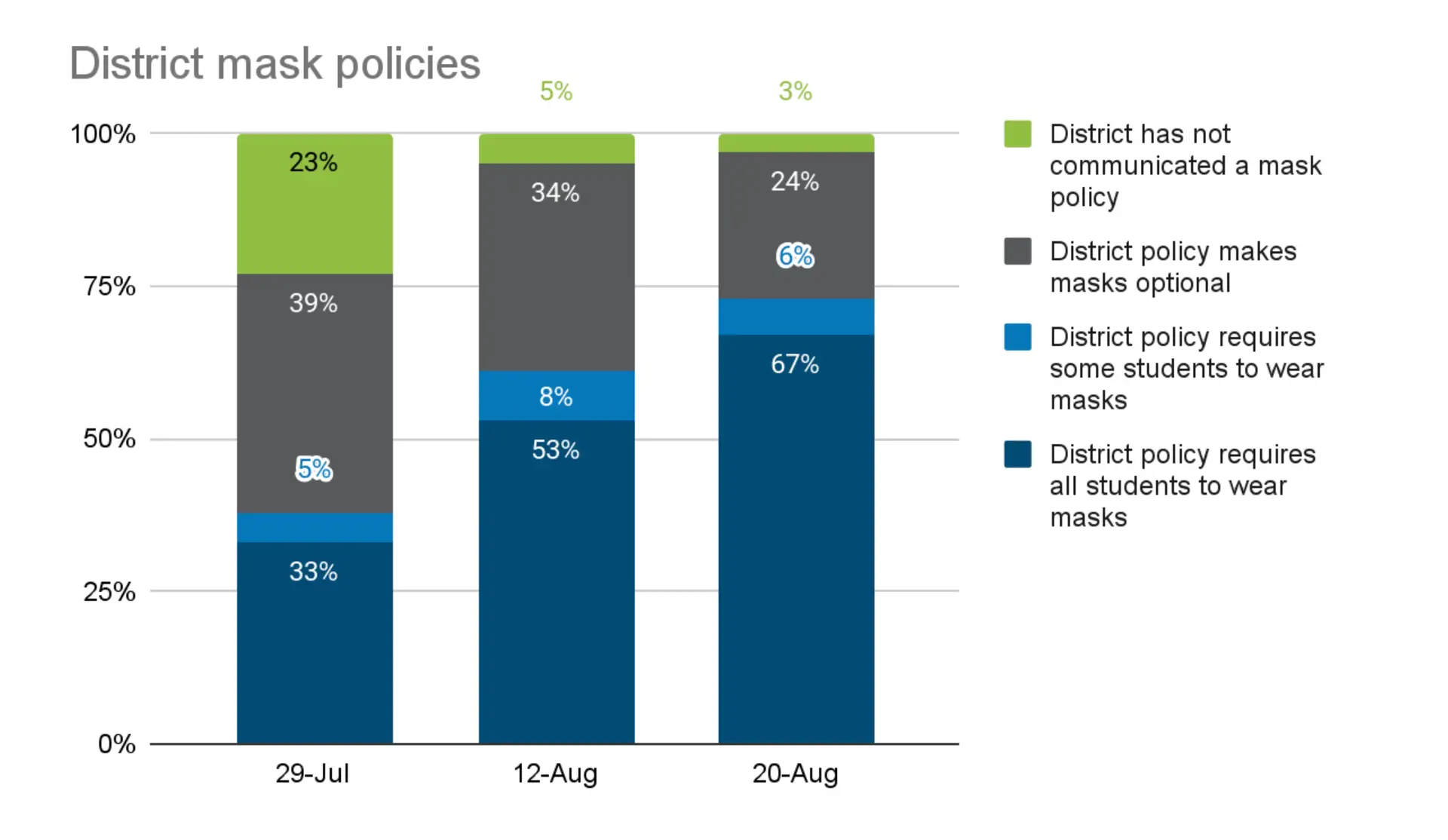
More masks, more vaccines, more online learning, but what about quarantines? The latest on school district fall reopening
- August 23, 2021·

District update: Stronger health precautions, far more virtual options
- August 13, 2021·
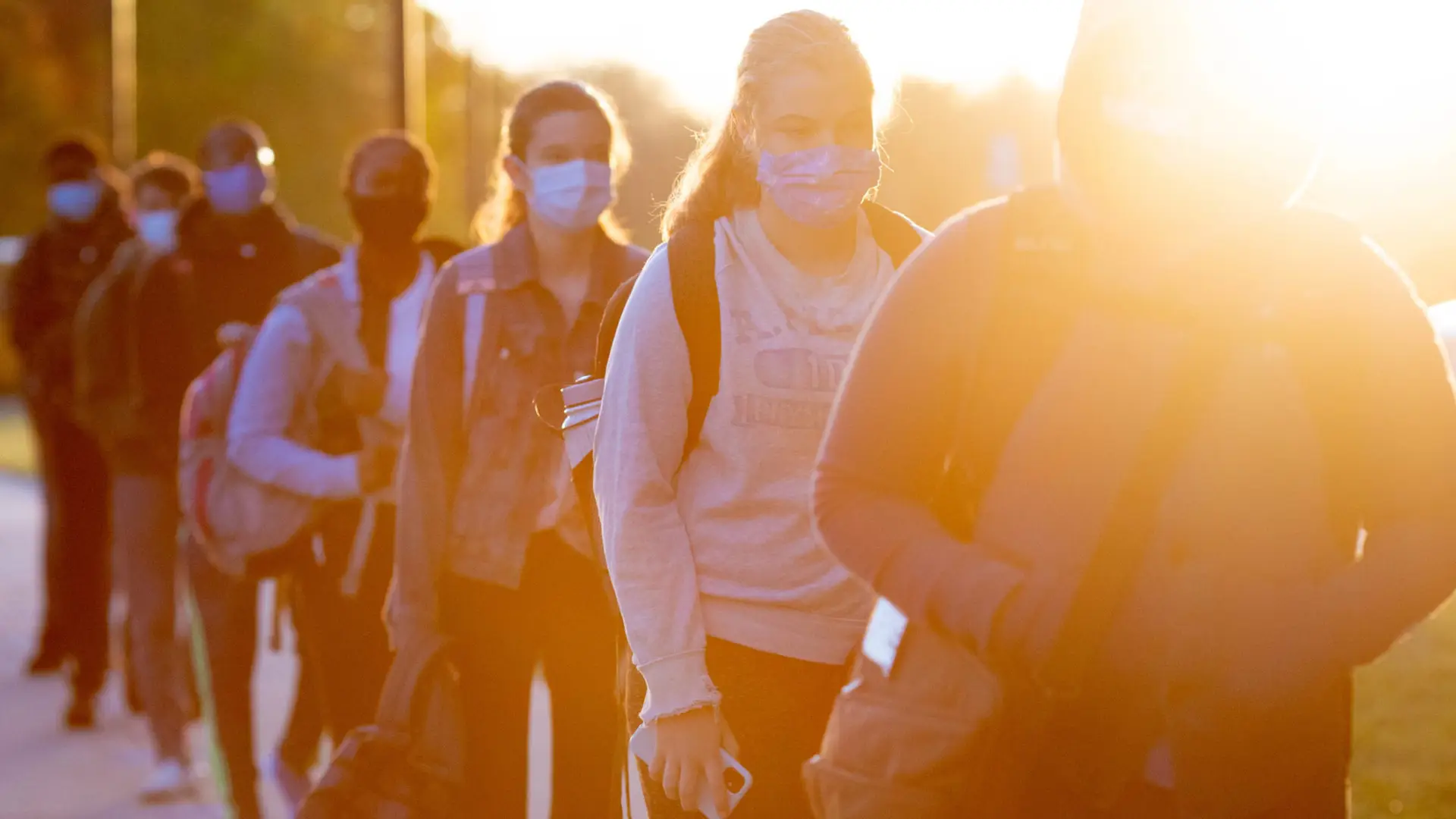
State leaders must choose accountability over complacency in reopening plans
- August 11, 2021·
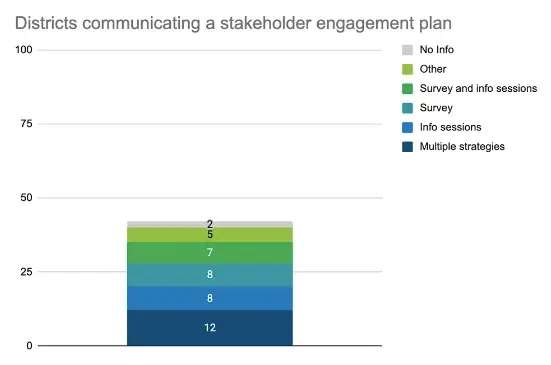
How 100 large urban districts are wrapping family & community input into plans for spending federal emergency school relief funds
- August 3, 2021·

Bolder leadership needed to keep students safe and learning next year
- July 30, 2021·
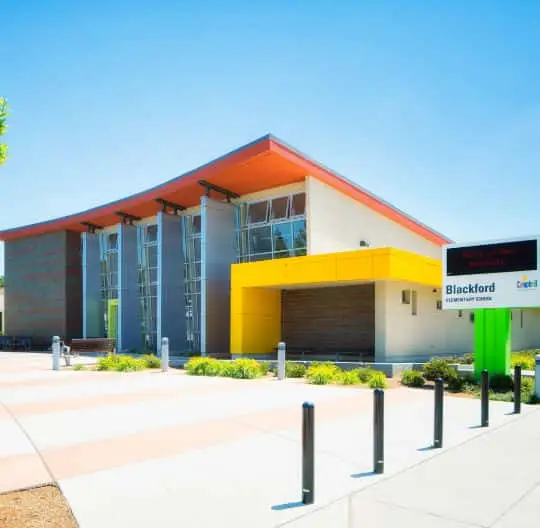
How 18 top charter school networks are refining remote learning for the fall
- July 29, 2021·

School Districts Across the Nation Plan for An Uncertain Year Ahead
- July 27, 2021·

First look at ESSER priorities: Districts are placing their bets on what they know
- July 15, 2021·

Now’s the time for states to invest in making online learning better
- July 14, 2021·

Most Students in Urban Districts Will Have Summer Learning Options, But Schools’ Plans May Miss the Mark
- July 8, 2021·
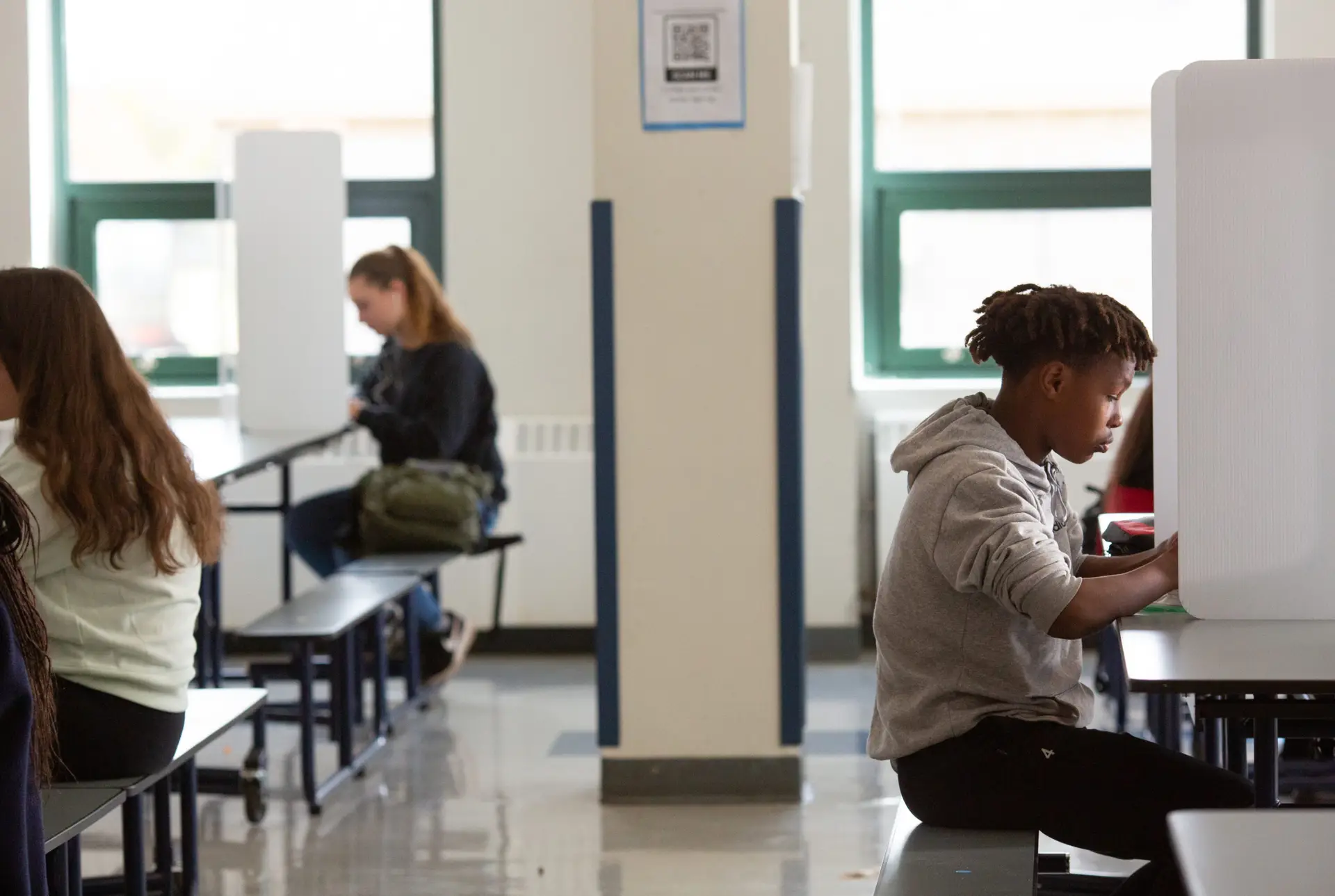
What a diverse group of 20 school districts are doing right in their COVID-19 reopening plans
- June 25, 2021·
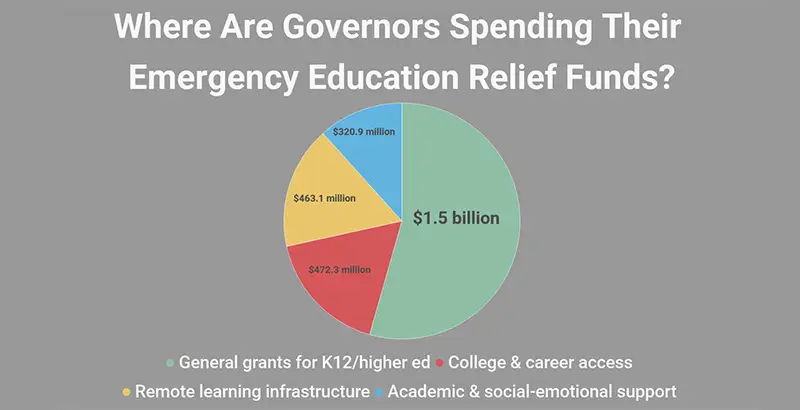
How 11 states are using emergency federal funds to make improvements in college and career access
- June 4, 2021·

Many kindergartners aren’t showing up as schools reopen in person. How some large urban districts are trying to re-engage families
- May 27, 2021·

Statewide assessment plans are unclear and neglect remote learners
- May 6, 2021·
COVID-19 Revealed New Roles for Cities to Create a Continuum of Support for Youth and Families. They Shouldn’t End with the Pandemic
- May 1, 2021·
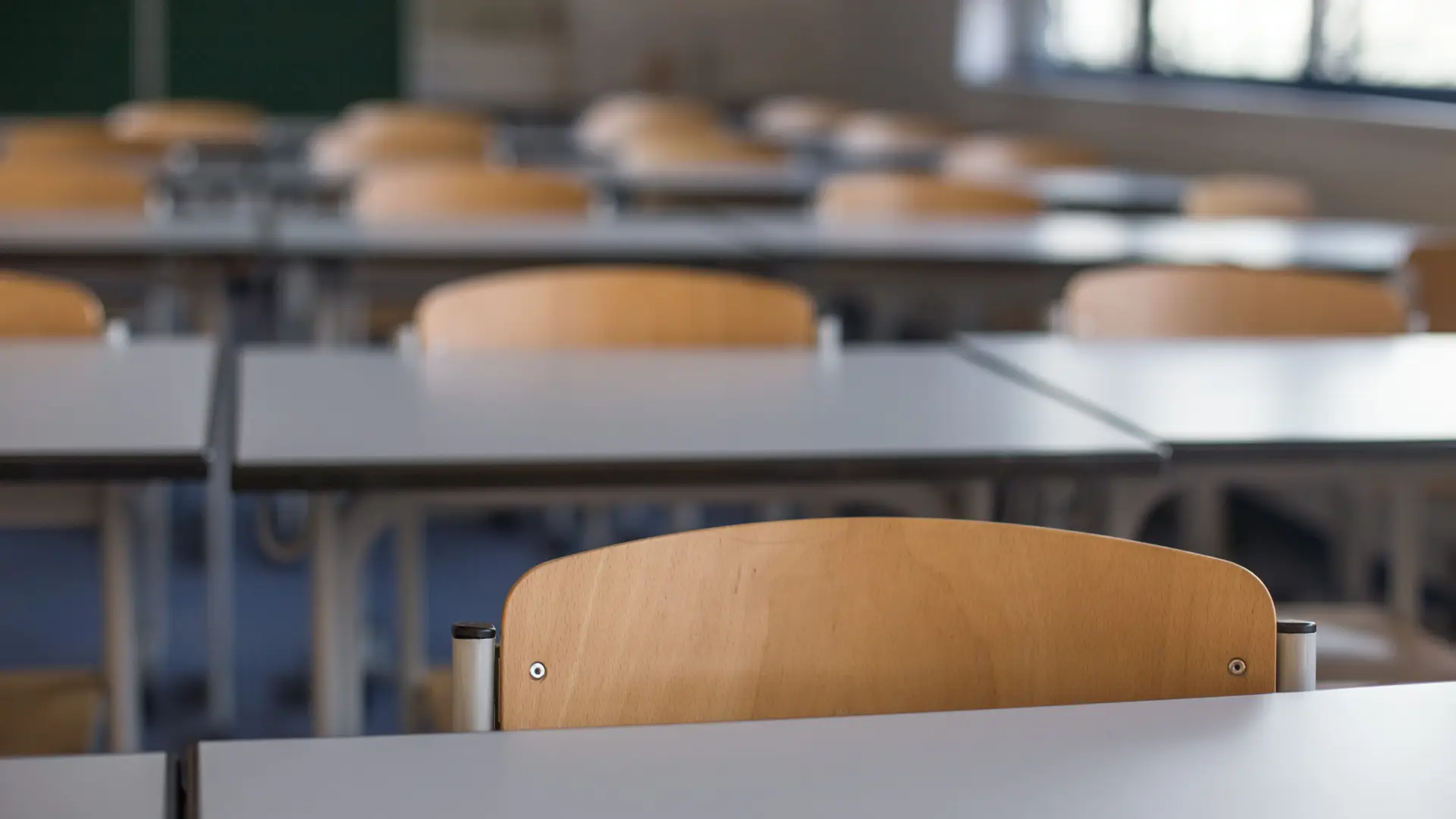
Hindsight is 2024: A premortem on districts’ return to school
- April 29, 2021·

The summer puzzle: Summer plans to date are lacking in key areas
- April 20, 2021·

As urban districts prepare to reopen, most are not doing enough to communicate how they will keep students and teachers safe
- April 12, 2021·
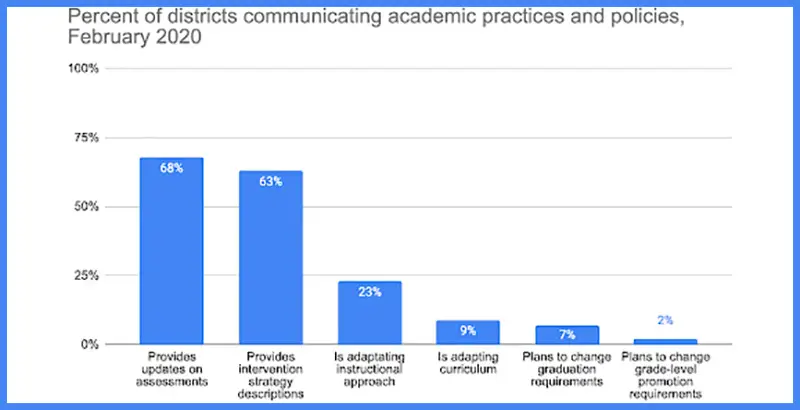
Districts quiet on how they plan to help students recover from a year of continued disruption
- March 17, 2021·
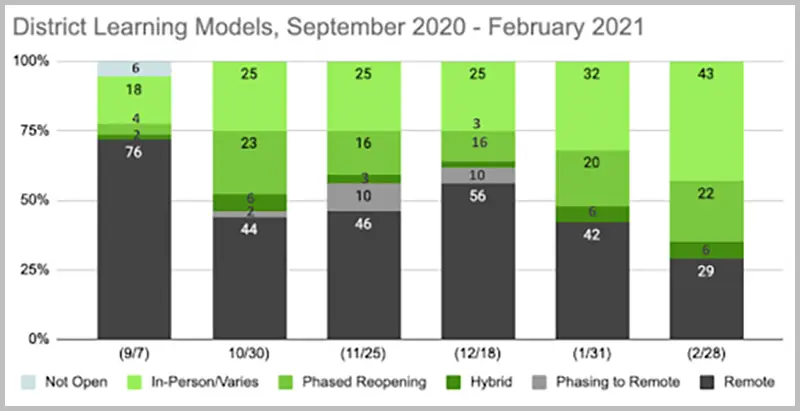
Community health, vaccination policies & local preference: How 100 districts are reopening after COVID-19 shutdowns
- March 3, 2021·
The kids are (really) not alright: A synthesis of COVID-19 student surveys
- March 1, 2021·
School Reopening Trends Offer Districts the Opportunity to Start Planning Beyond the Pandemic
- March 1, 2021·
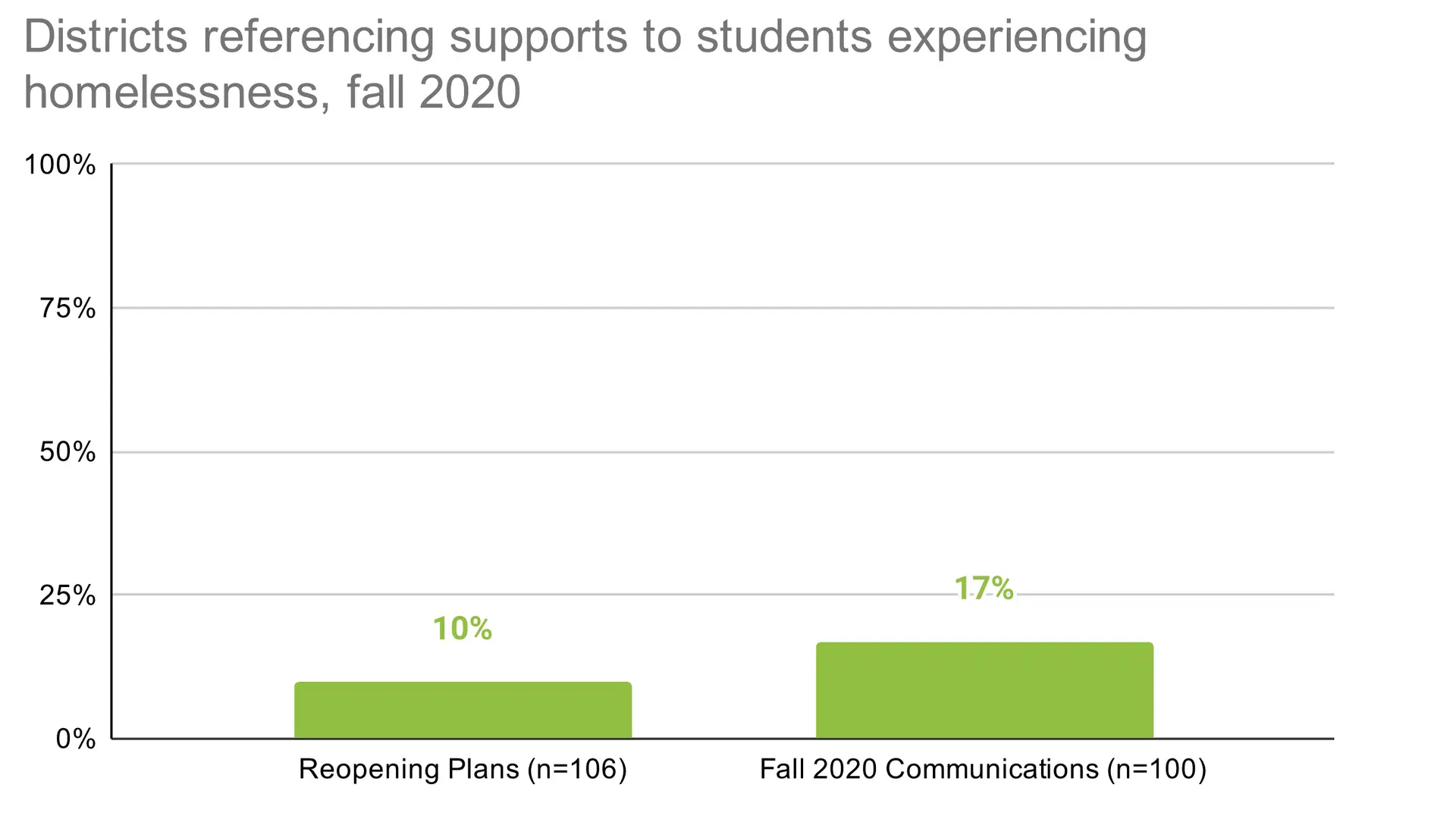
Vanishing in plain sight: Districts face barriers identifying and serving students experiencing homelessness
- February 4, 2021·
How Are School Districts Addressing Student Social-Emotional Needs during the Pandemic?
- February 1, 2021·
“Public Education Will Never Be the Same”: How COVID-19 Forced School District Leaders to Innovate on the Fly
- February 1, 2021·
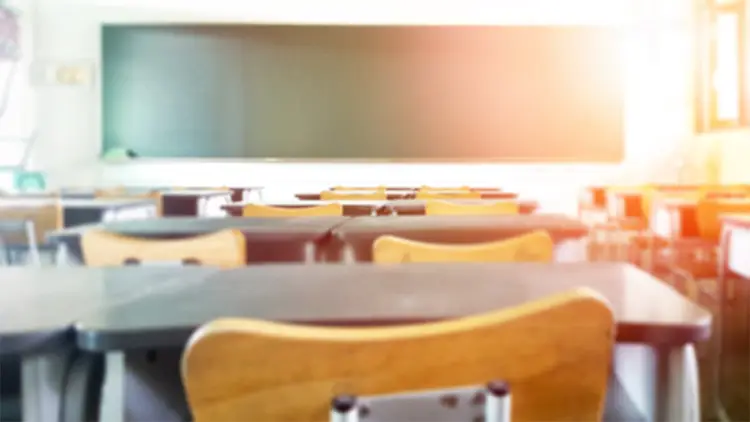
State Accountability Systems in the COVID Era and Beyond
- February 1, 2021·
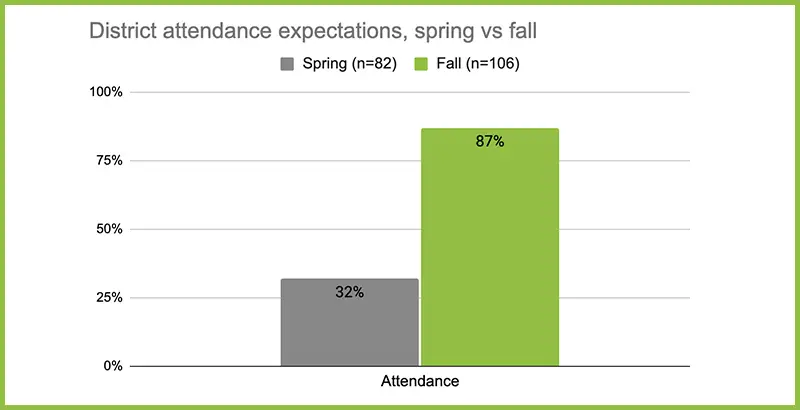
What does ‘attendance’ mean for remote learners in a pandemic? How 106 districts are dealing with absenteeism, student engagement & grades
- January 5, 2021·
U-Turn: Surge of COVID Cases Reverses Reopening Progress in America’s School Districts
- January 1, 2021·
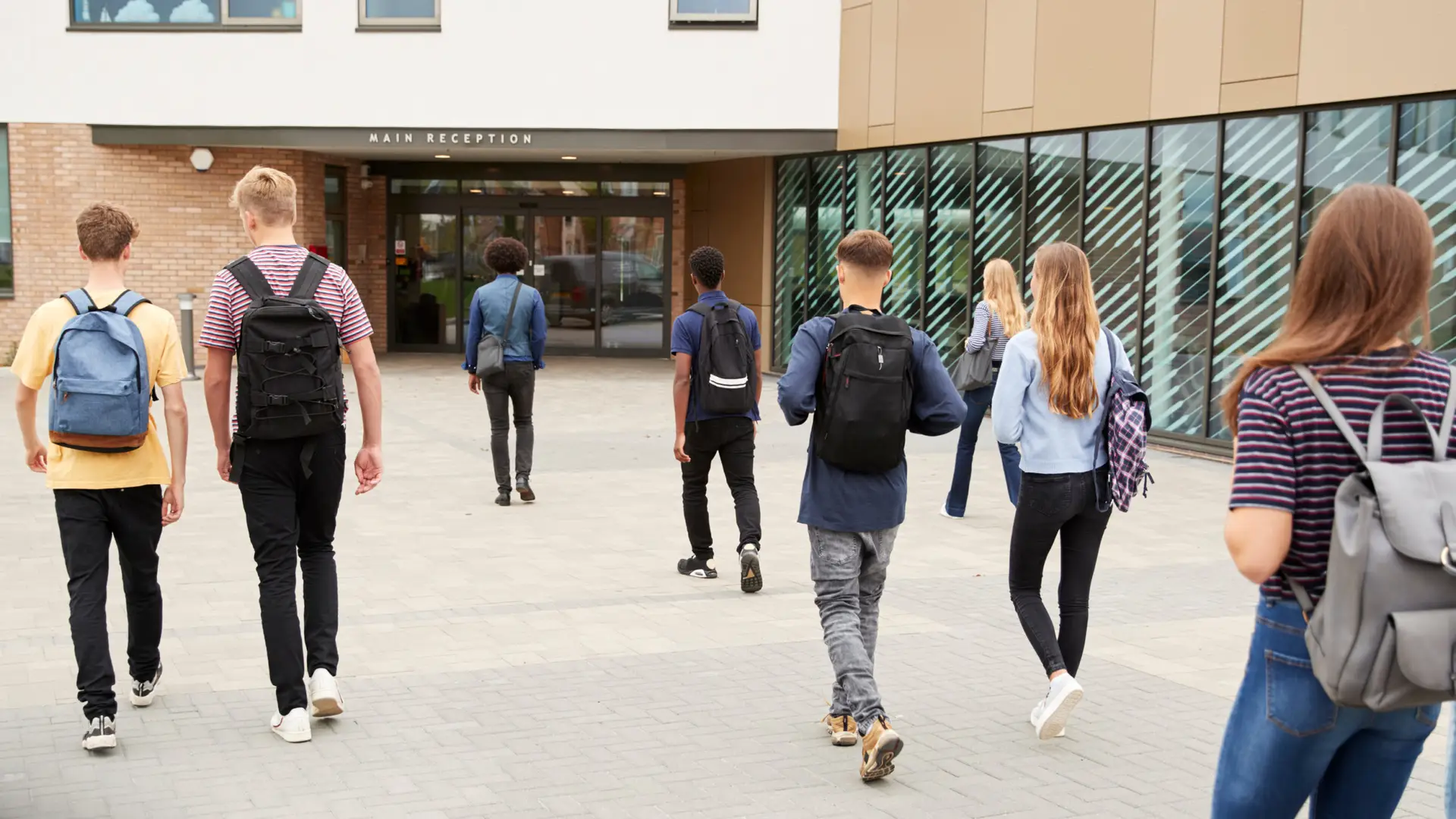
One size fits no one: Meeting the varied demands and needs of students
- December 16, 2020·
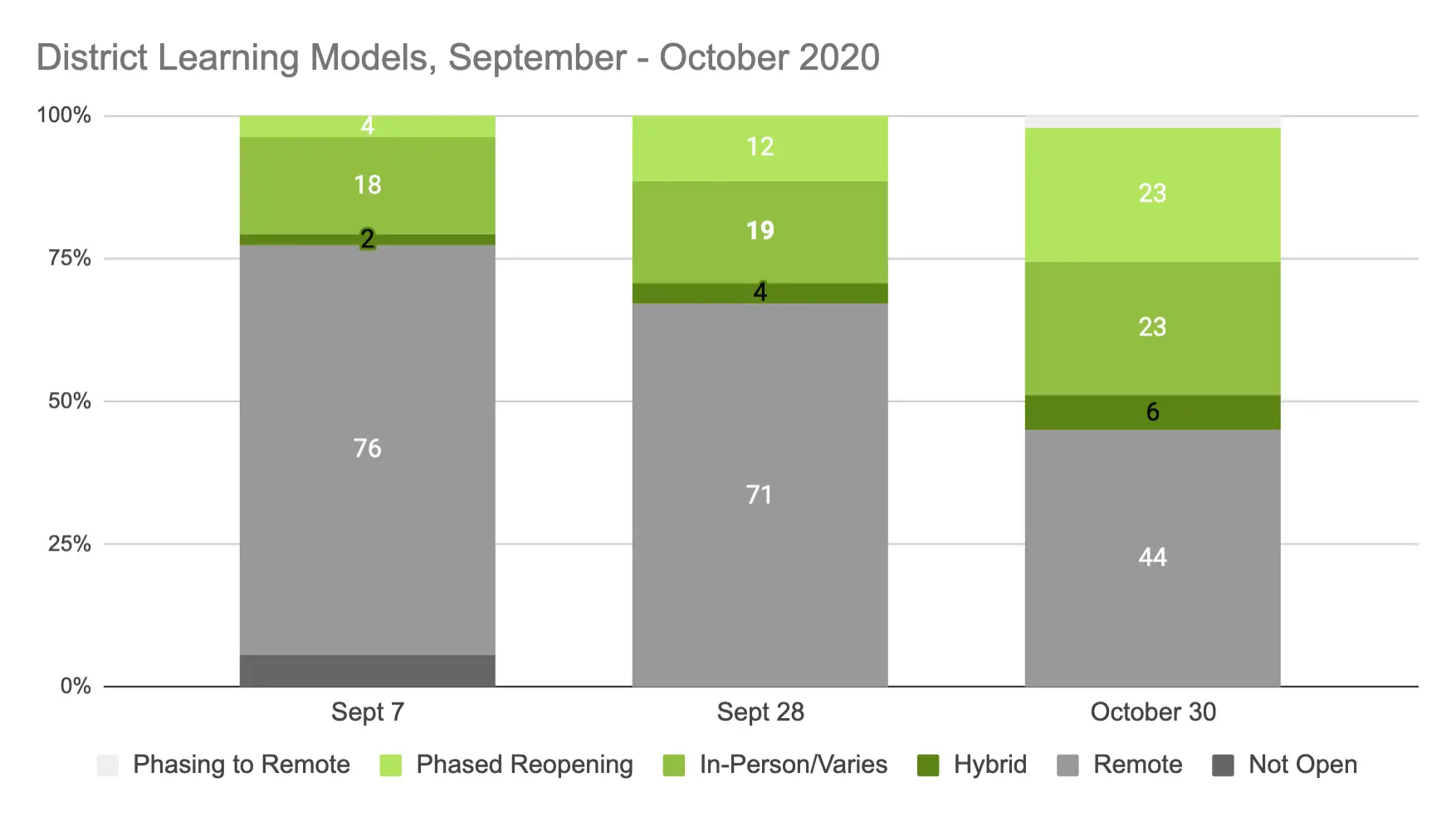
Reopening checkup: Filling the leadership vacuum will help schools focus on engaging students, addressing learning loss
- November 12, 2020·
One Step Forward, One Step Back: Public Health Fears Keep America’s School Districts on a Reopening Treadmill
- November 1, 2020·

Can public education return to normal after the COVID-19 pandemic?
- October 30, 2020·

We reviewed the school reopening plans for 106 districts around the country. Here’s how they square with reality
- October 16, 2020·

What we learned from deep dives into six school systems’ COVID-19 response
- October 6, 2020·

More districts should seize the opportunity to improve professional learning for teachers
- September 25, 2020·
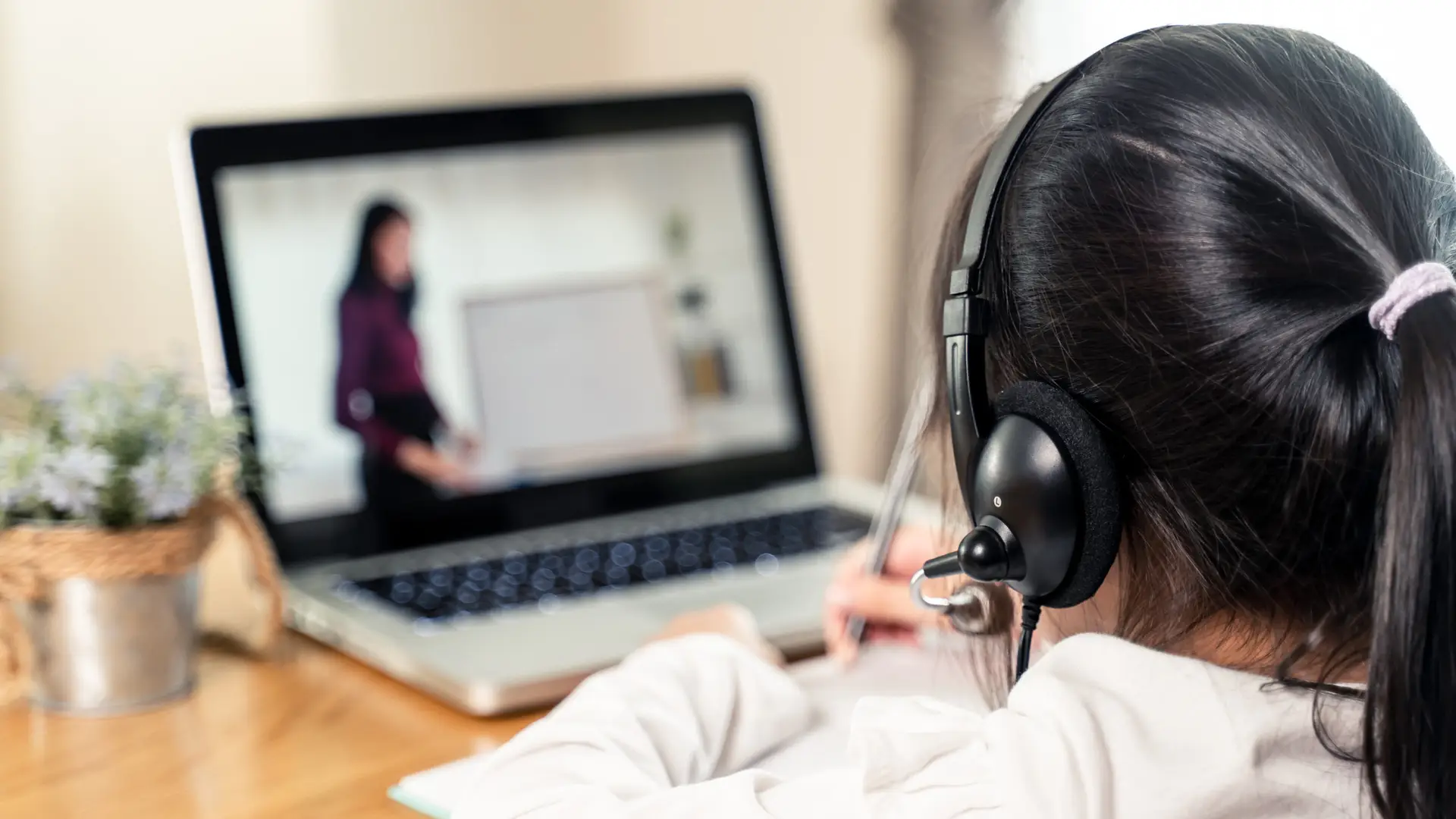
What a diverse group of 20 school districts are doing right in their COVID-19 reopening plans
- September 24, 2020·
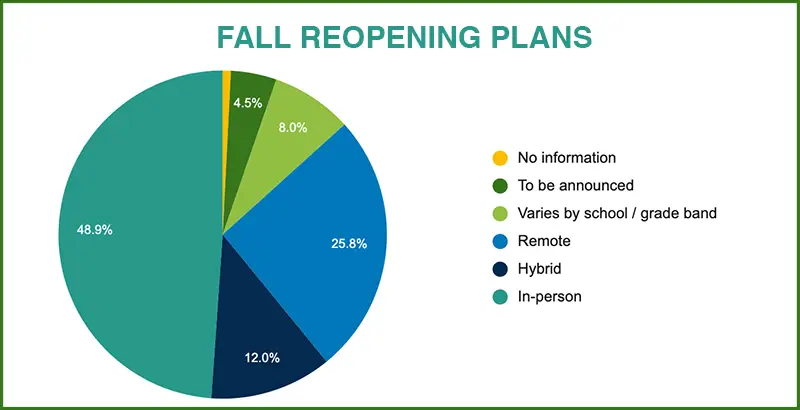
As many school districts reopen virtually, the opportunity gap widens for students living in poverty
- September 10, 2020·
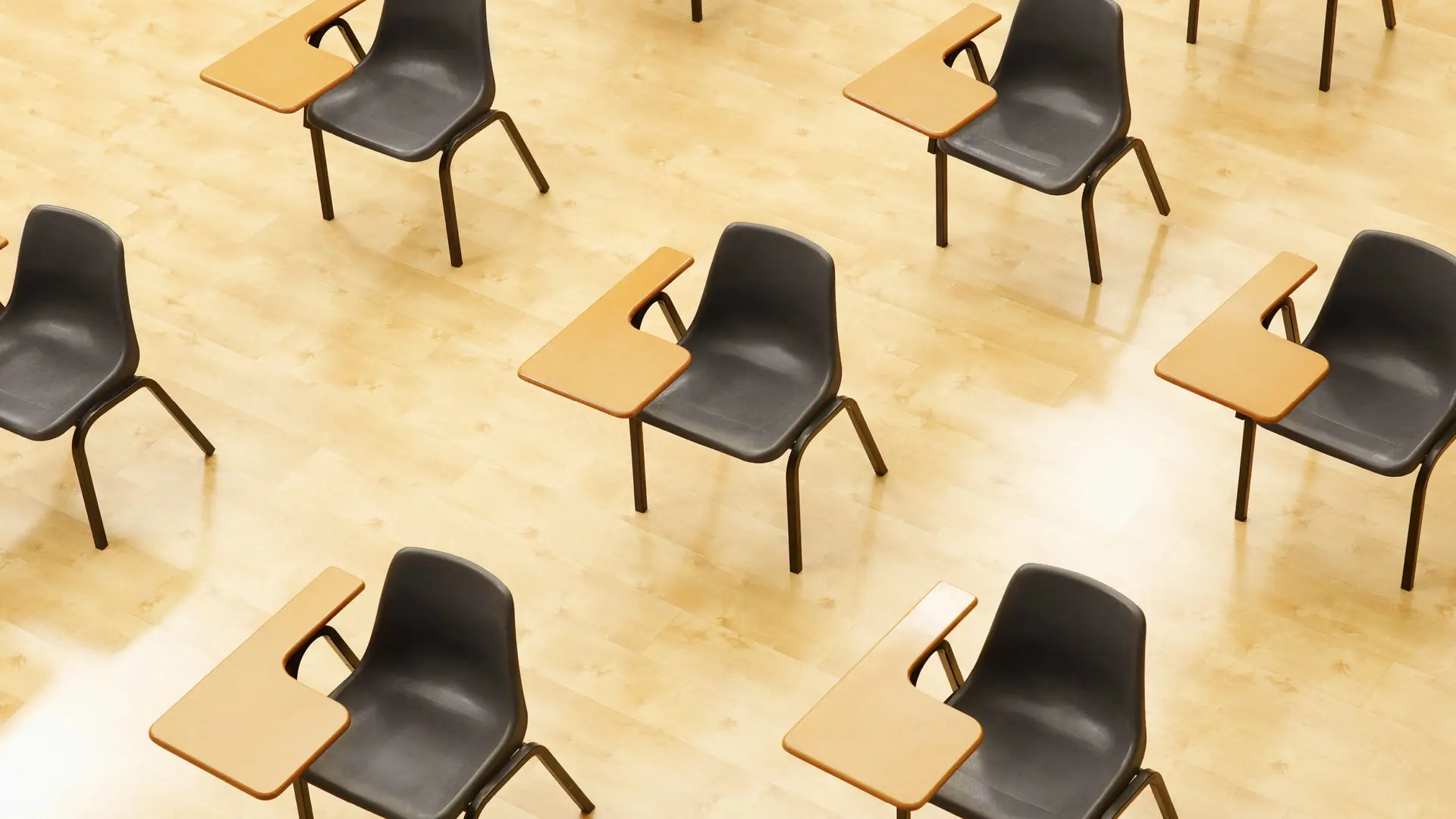
Urgent action by states, fed needed to clarify school reopening decisions
- September 10, 2020·

Tight or loose? It depends: District central offices in supporting school-based COVID-19 response
- September 1, 2020·
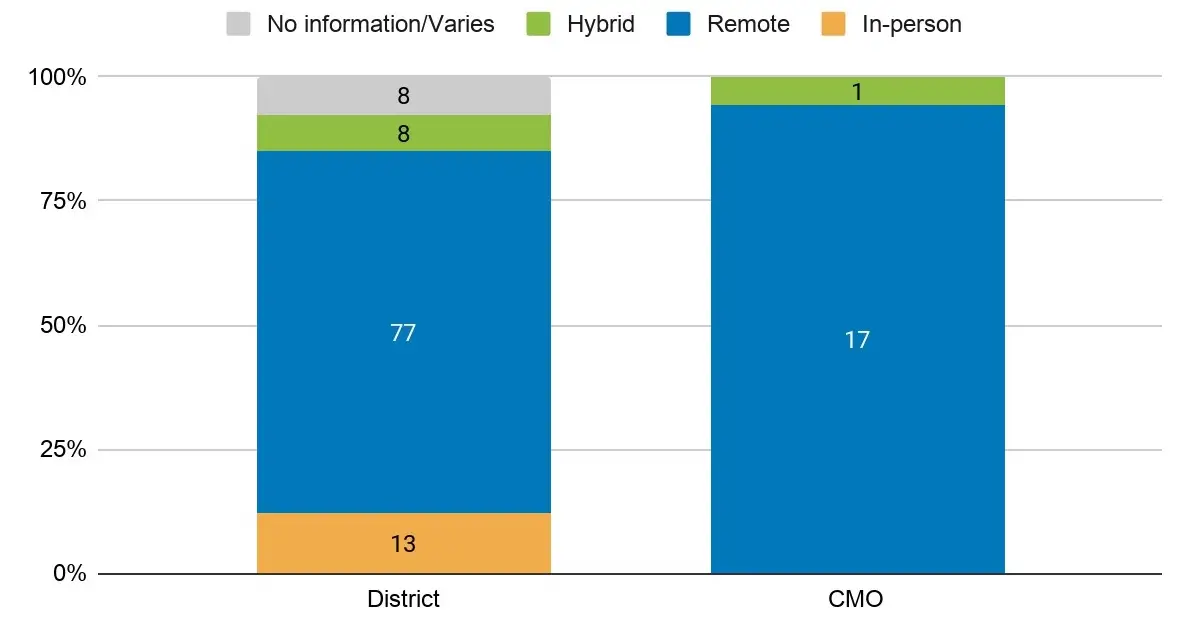
How 18 top charter school networks are refining remote learning for the fall
- August 28, 2020·
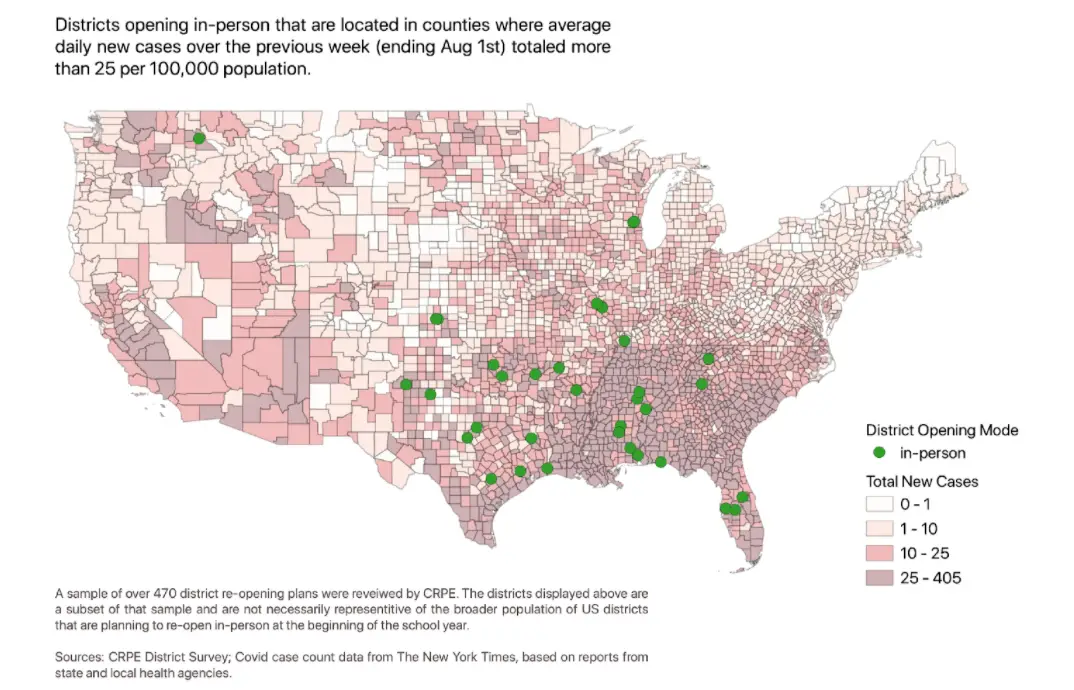
Politics, not science, driving many school opening plans
- August 27, 2020·
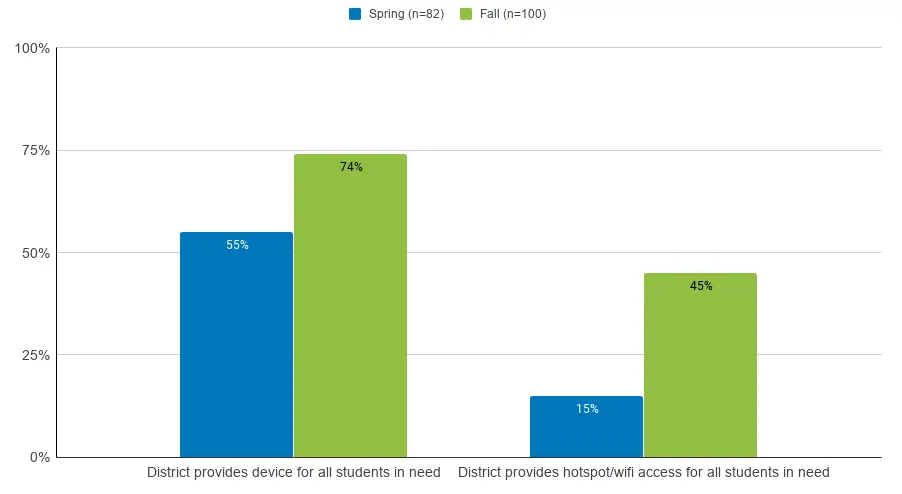
Students experiencing homelessness are largely invisible in school reopening plans
- August 17, 2020·
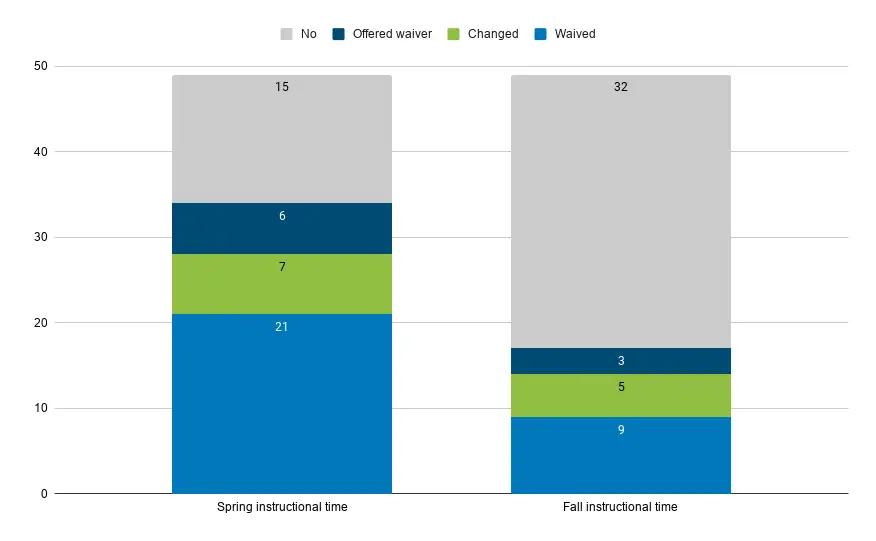
Leading states show how to set clear expectations for remote learning—more should follow their example
- August 13, 2020·
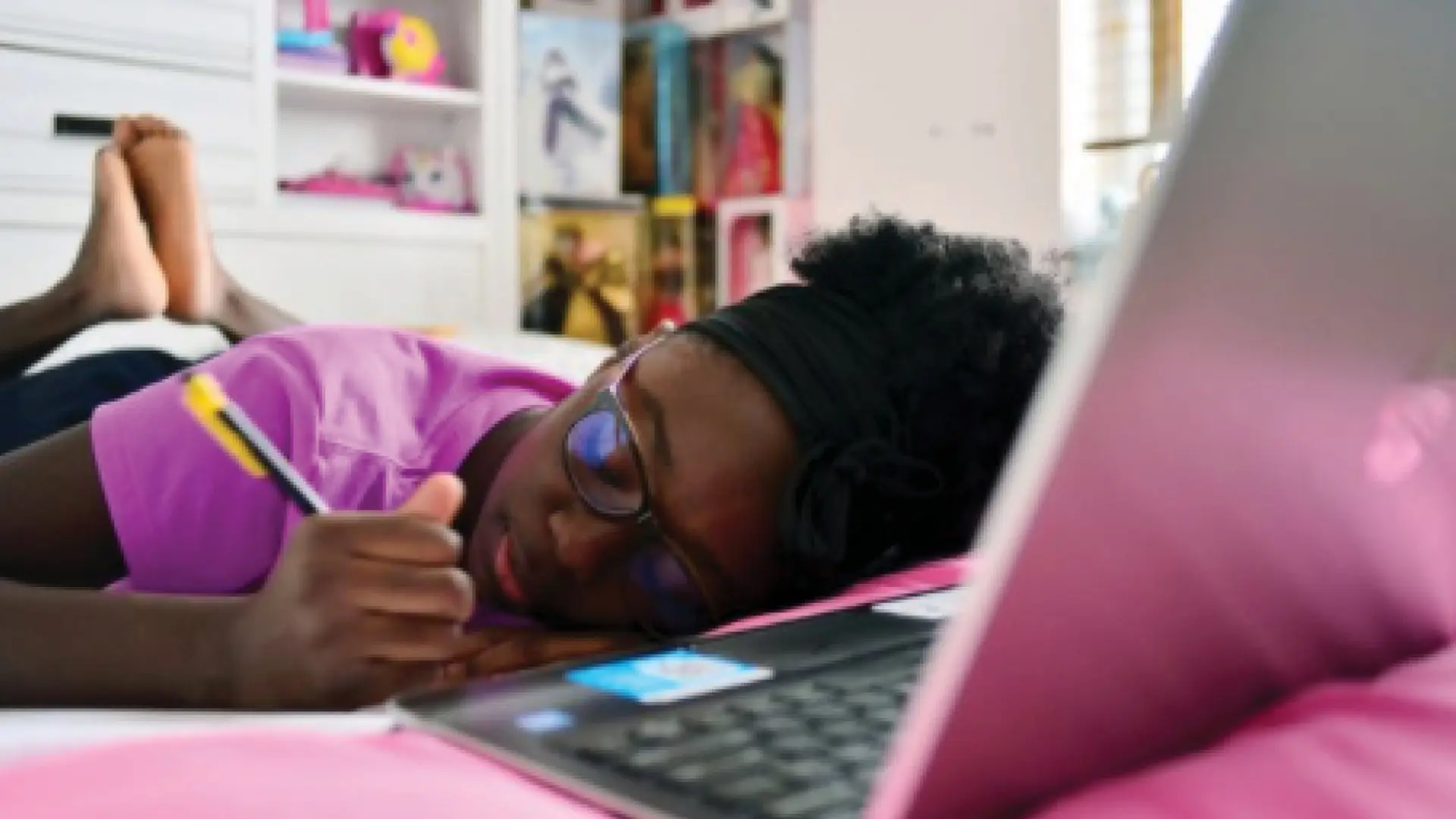
Rural school districts can be creative in solving the internet connectivity gap—but they need support
- August 12, 2020·

Restoring public education post-COVID
- August 6, 2020·
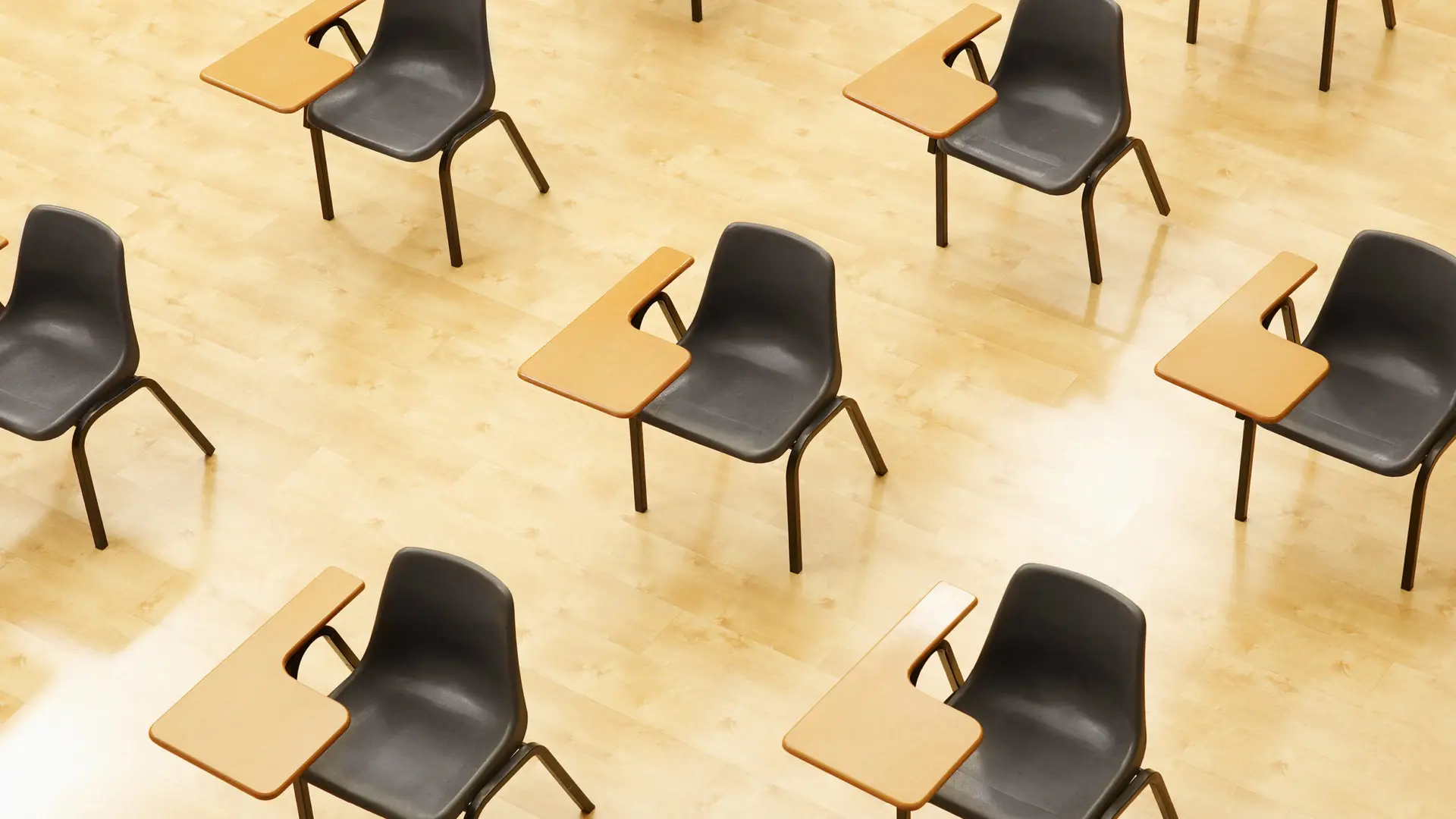
States: It’s not too late to guide districts on teaching and learning
- August 4, 2020·

We reviewed 86 districts’ reopening plans for the 2020-21 school year. Here’s some of what we found
- August 4, 2020·
School Districts Across the Nation Plan for An Uncertain Year Ahead
- August 1, 2020·
Getting Back to School: An Update on Plans from Across the Country
- August 1, 2020·
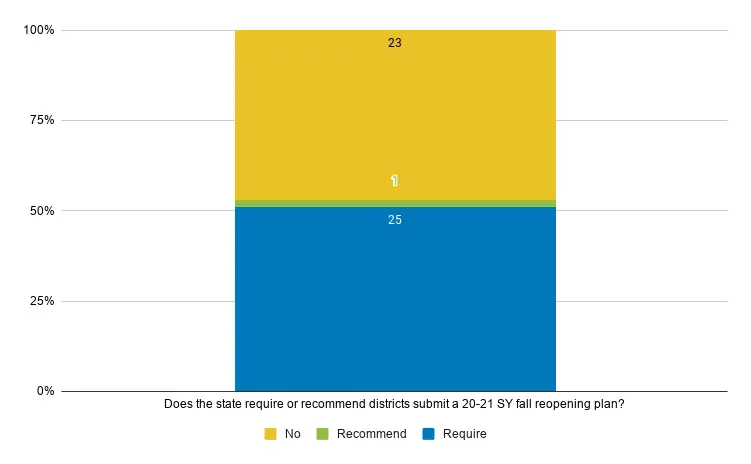
States must take decisive action to avert the coming education crisis
- July 29, 2020·

More districts opt for virtual learning; Senate HEALS Act out of touch with public health reality
- July 28, 2020·
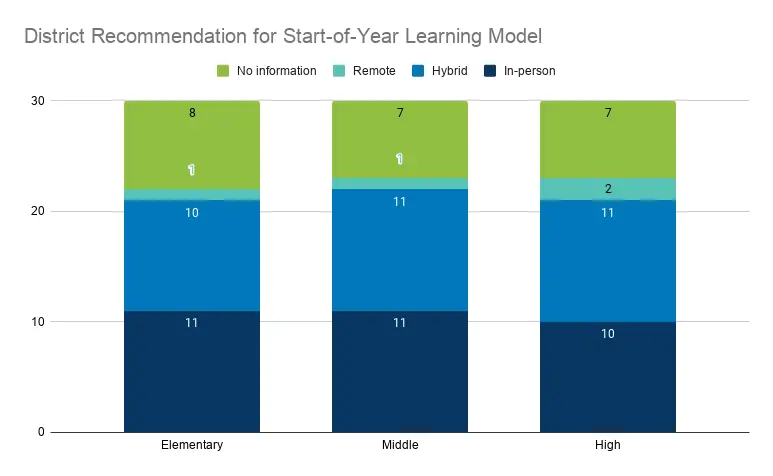
More districts are going remote; will they avoid spring’s missteps?
- July 23, 2020·

What Will It Take to Reopen Schools Amid the Pandemic? 5 Experts Weigh In on Learning Loss and Students’ Needs
- July 22, 2020·

What Will It Take to Reopen Schools Amid the Pandemic? 5 Experts Weigh In on Accelerating Student Learning
- July 21, 2020·

Student learning is an afterthought in many state reopening plans; that’s a huge mistake
- July 21, 2020·

What Will It Take to Reopen Schools Amid the Pandemic? 5 Experts Weigh In on Politics and Education Reform
- July 20, 2020·

Will States Step Up to Address Gaps in Access to Remote Learning This Fall?
- July 20, 2020·

What Will It Take to Reopen Schools Amid the Pandemic? 5 Experts Weigh In on What New Roles Teachers Should Play
- July 19, 2020·

What Will It Take to Reopen Schools Amid the Pandemic? 8 Experts Weigh In on Families, Schools & Students’ Diverse Needs
- July 14, 2020·
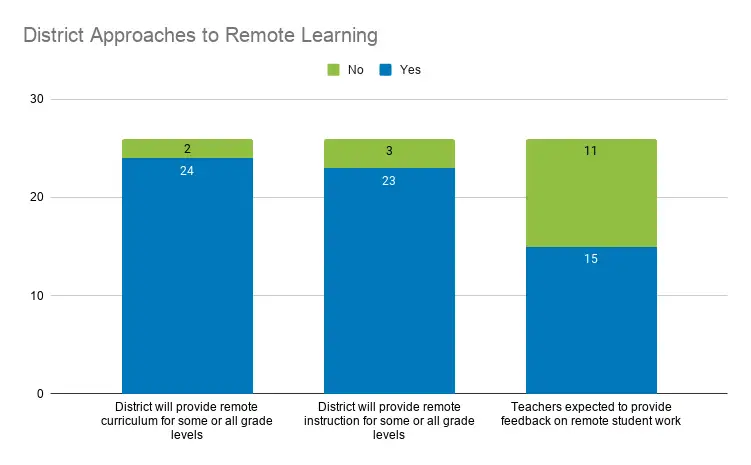
First District Reopening Plans Illuminate Tradeoffs and Confusion In Politically Charged Environment
- July 14, 2020·

What Will It Take to Reopen Schools Amid the Pandemic? 8 Experts Weigh In on What Parts of Remote Learning — and In-Person Teaching — We Should Keep
- July 13, 2020·

What Will It Take to Reopen Schools Amid the Pandemic? 6 Experts Weigh In on the Looming Fiscal Crisis and What Services Districts Should (and Shouldn’t) Cut
- July 12, 2020·

Students Count: Highlights from COVID-19 Student Surveys
- July 7, 2020·
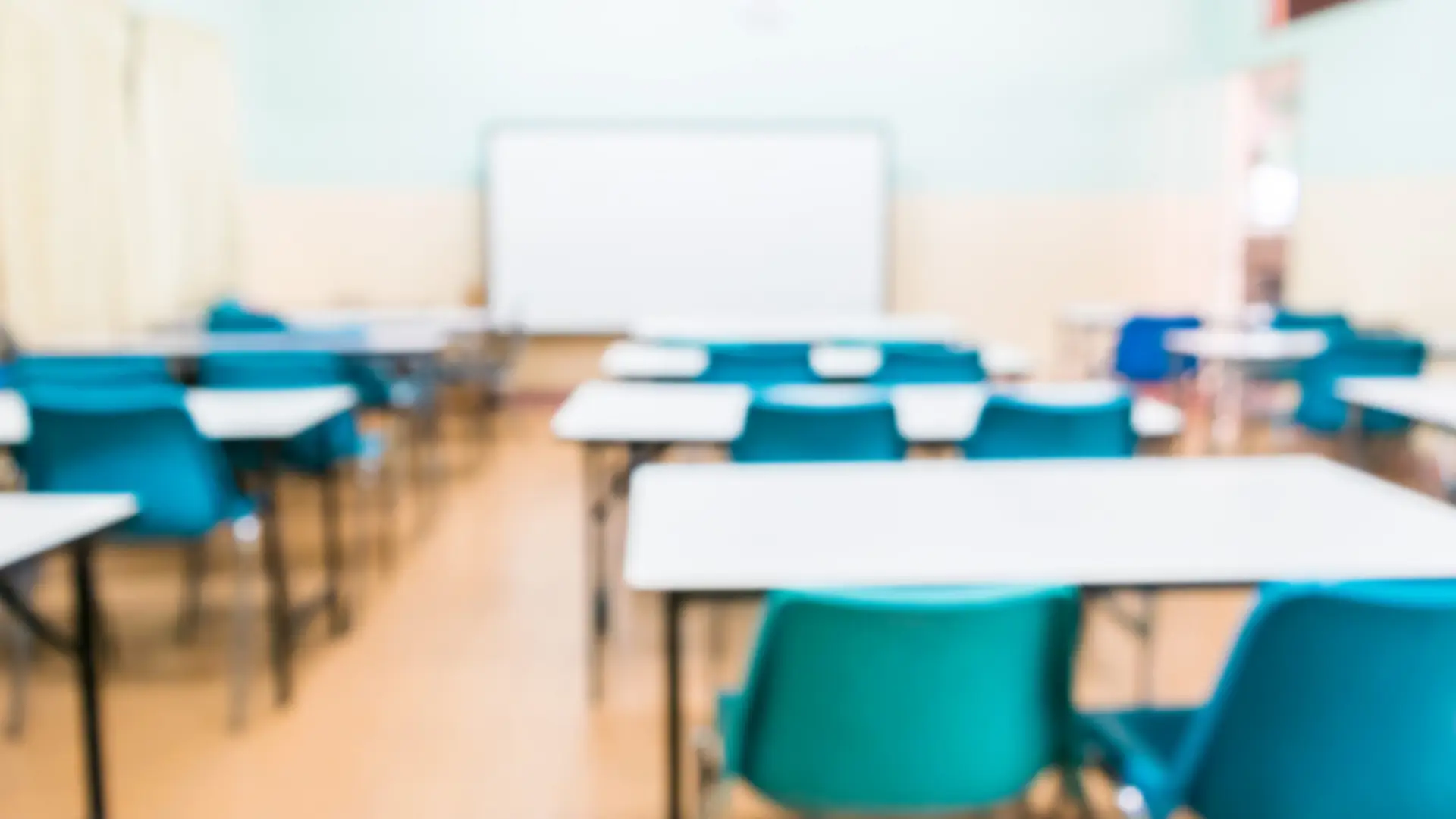
An Early Plan from a Must-Watch District: Reopening in Miami-Dade
- July 7, 2020·

Learning as We Go: Principles for Effective Assessment During the COVID-19 Pandemic
- July 1, 2020·
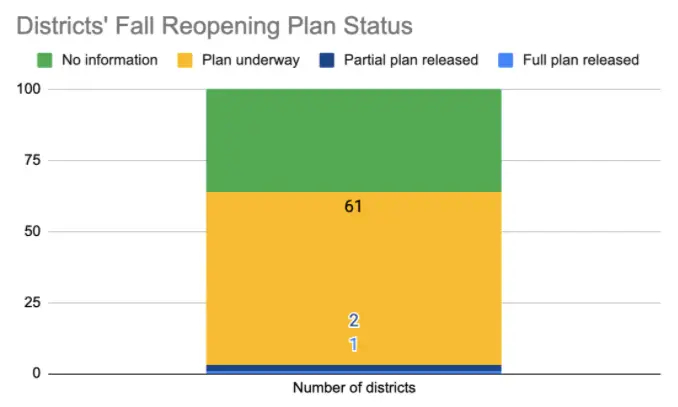
The Wait for Fall Reopening Plans, and the First Details to Emerge
- June 29, 2020·

Deficiencies in Spring and Summer Point to Where Districts Must Put Their Attention This Fall
- June 26, 2020·

The Digital Divide Among Students During COVID-19: Who Has Access? Who Doesn’t?
- June 16, 2020·
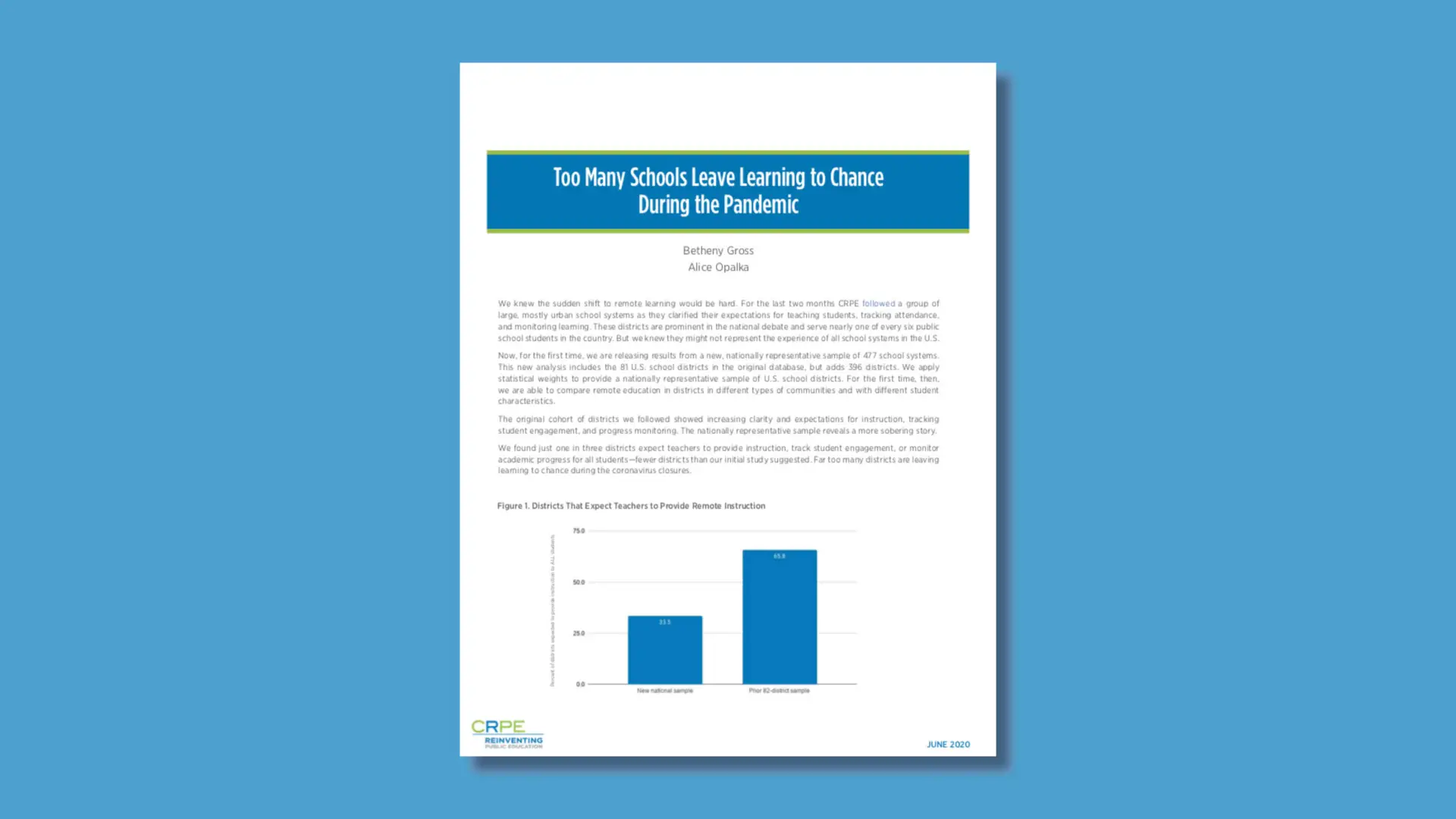
Too Many Schools Leave Learning to Chance During the Pandemic
- June 10, 2020·

Districts Are Missing an Opportunity to Innovate as Most Take Traditional Approaches to Summer School
- June 3, 2020·

Too Many Schools Leave Learning to Chance During the Pandemic
- June 1, 2020·
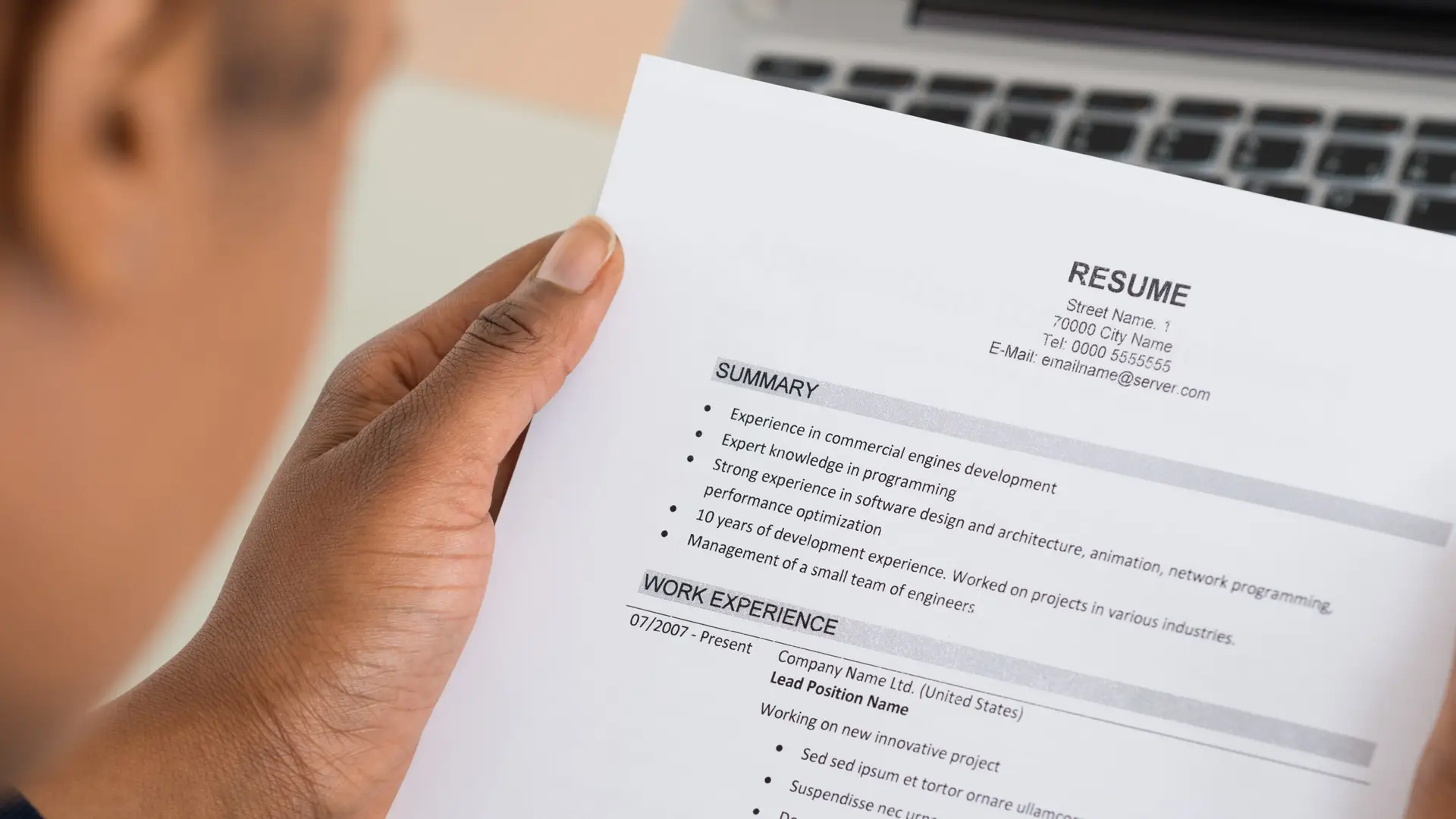
How COVID-19 Is Forcing Innovation in High School-Industry Partnerships
- May 29, 2020·

Four Steps States Can Take to Level the Remote Learning Playing Field
- May 22, 2020·

Summer Haze: School Districts Slow to Communicate What Will Happen After the School Year Ends
- May 18, 2020·

Still No Consistent Plan for Remote Learning for Hundreds of Thousands of Students at Some of America’s Biggest School Districts
- May 15, 2020·
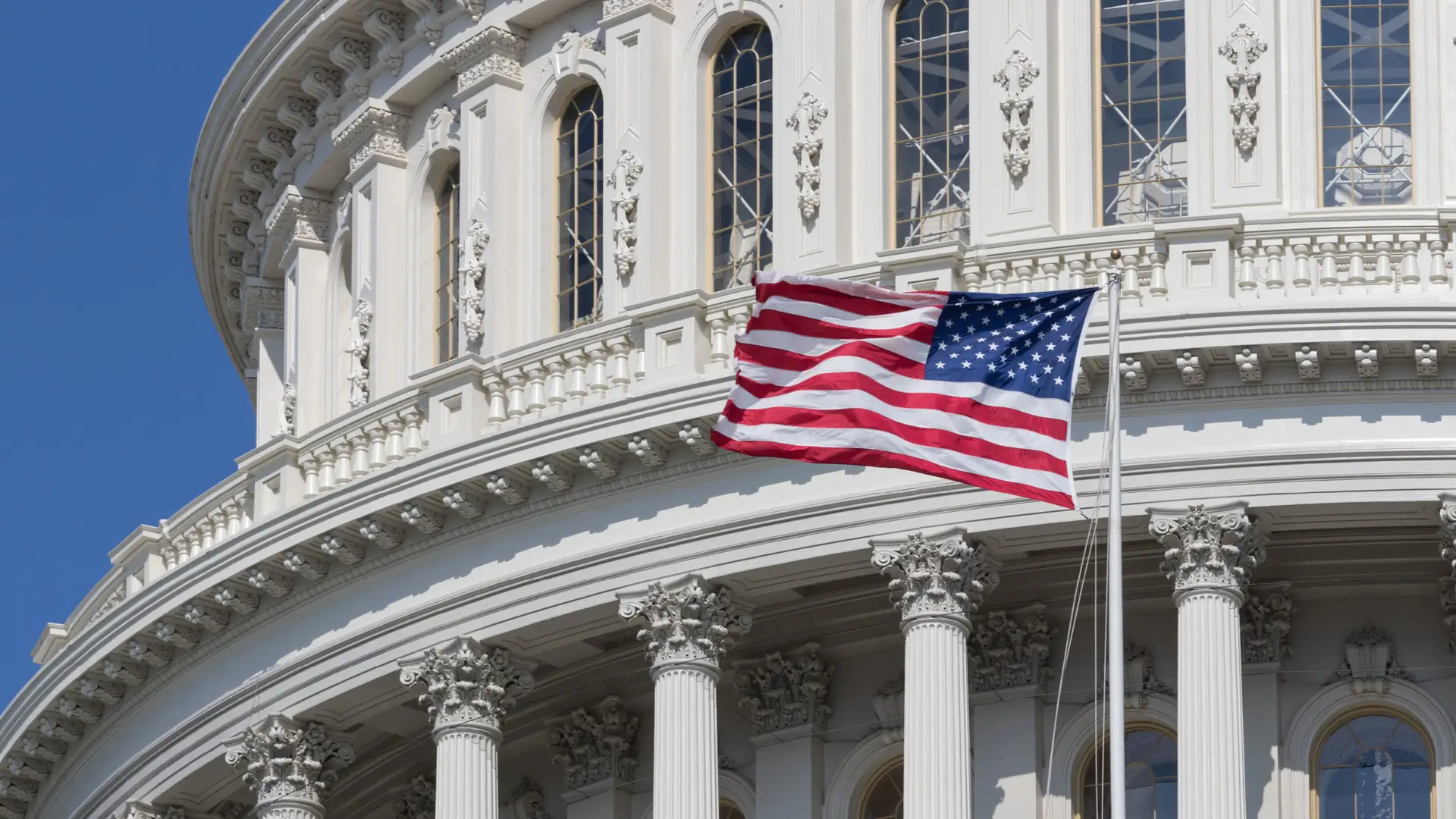
Federal Special Education Guidance is Clear; Now States Must Step Up
- May 5, 2020·
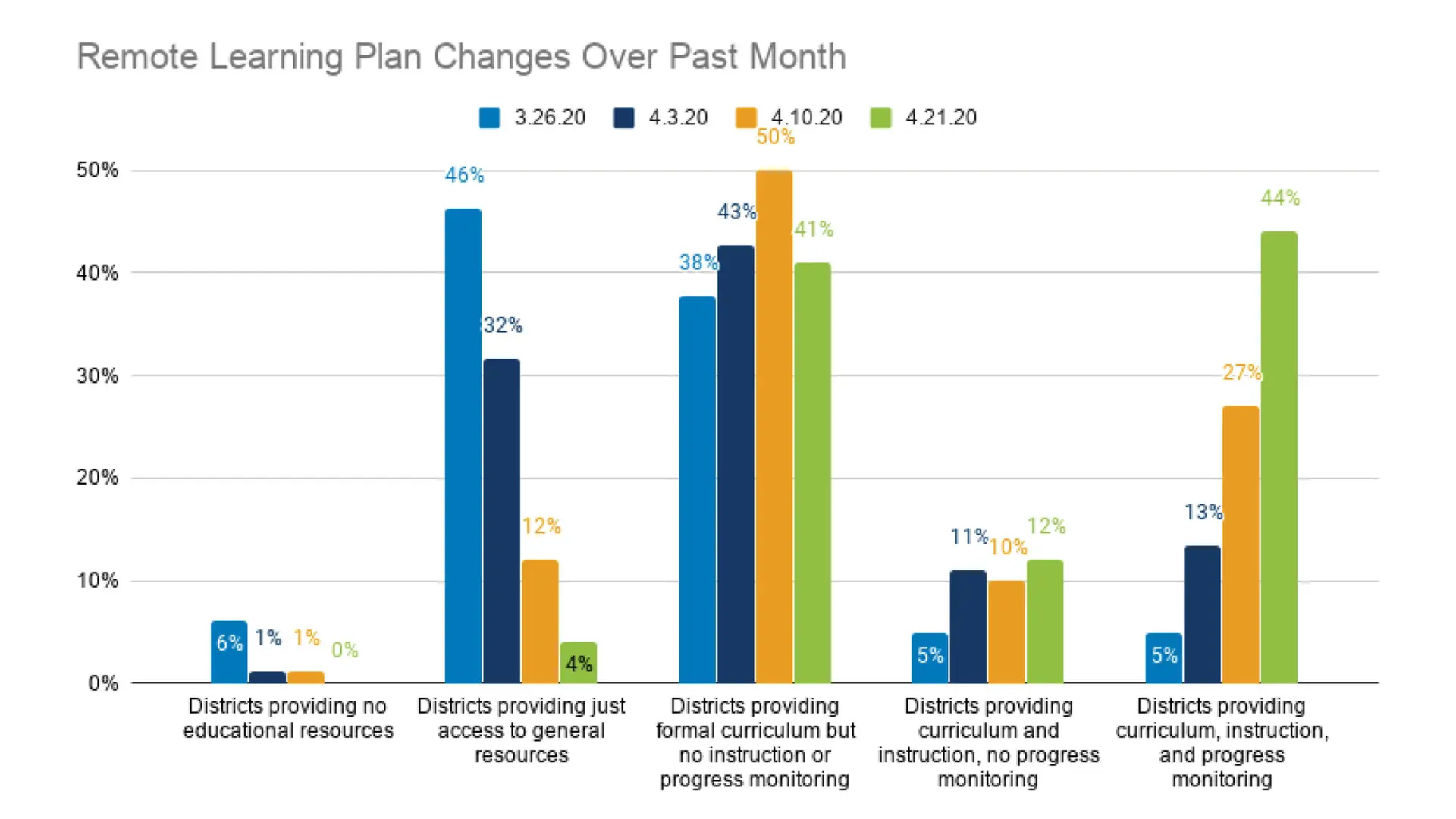
Remote Classes Are in Session for More School Districts, But Attendance Plans Are Still Absent
- April 27, 2020·
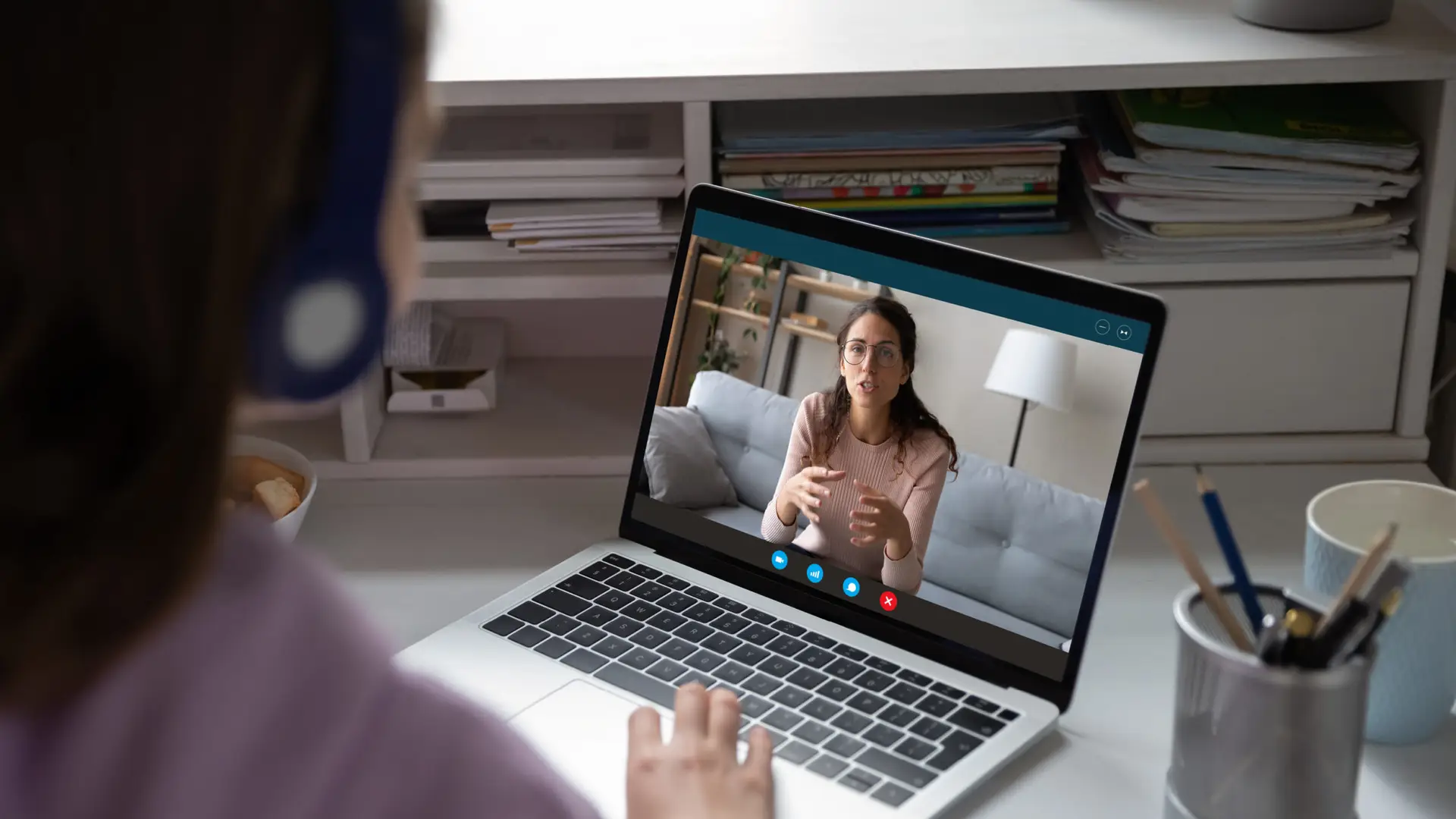
The Power of “How Are You?”: Teacher Check-ins in Remote Learning
- April 27, 2020·

Three Ways States Can Tap ESSA to Better Navigate the COVID-19 Crisis
- April 21, 2020·
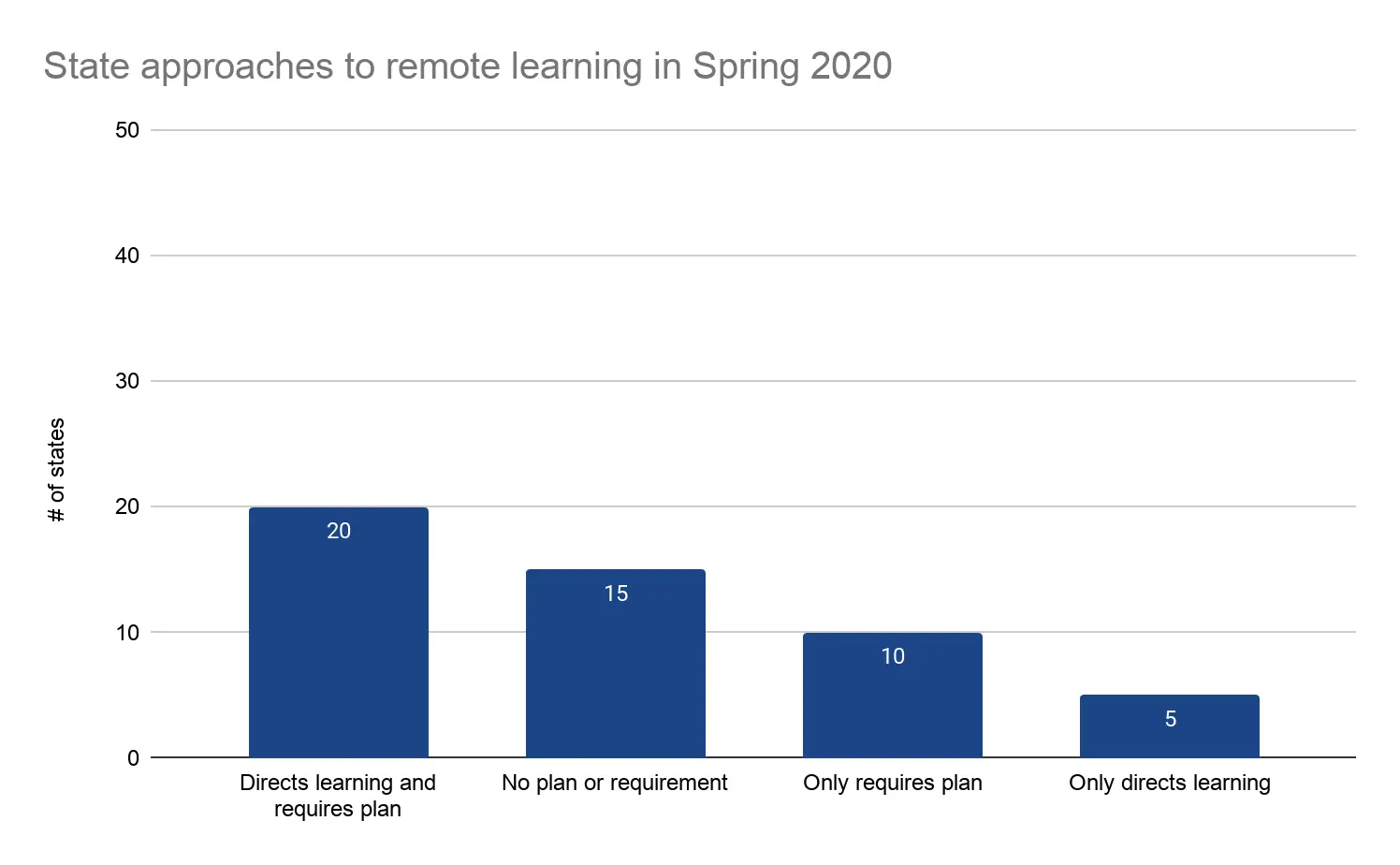
Dear States: Don’t Leave Remote Learning to Chance
- April 19, 2020·

Districts and CMOs Are Making Progress on Instruction and Monitoring, But Lag in Grading and Attendance
- April 15, 2020·
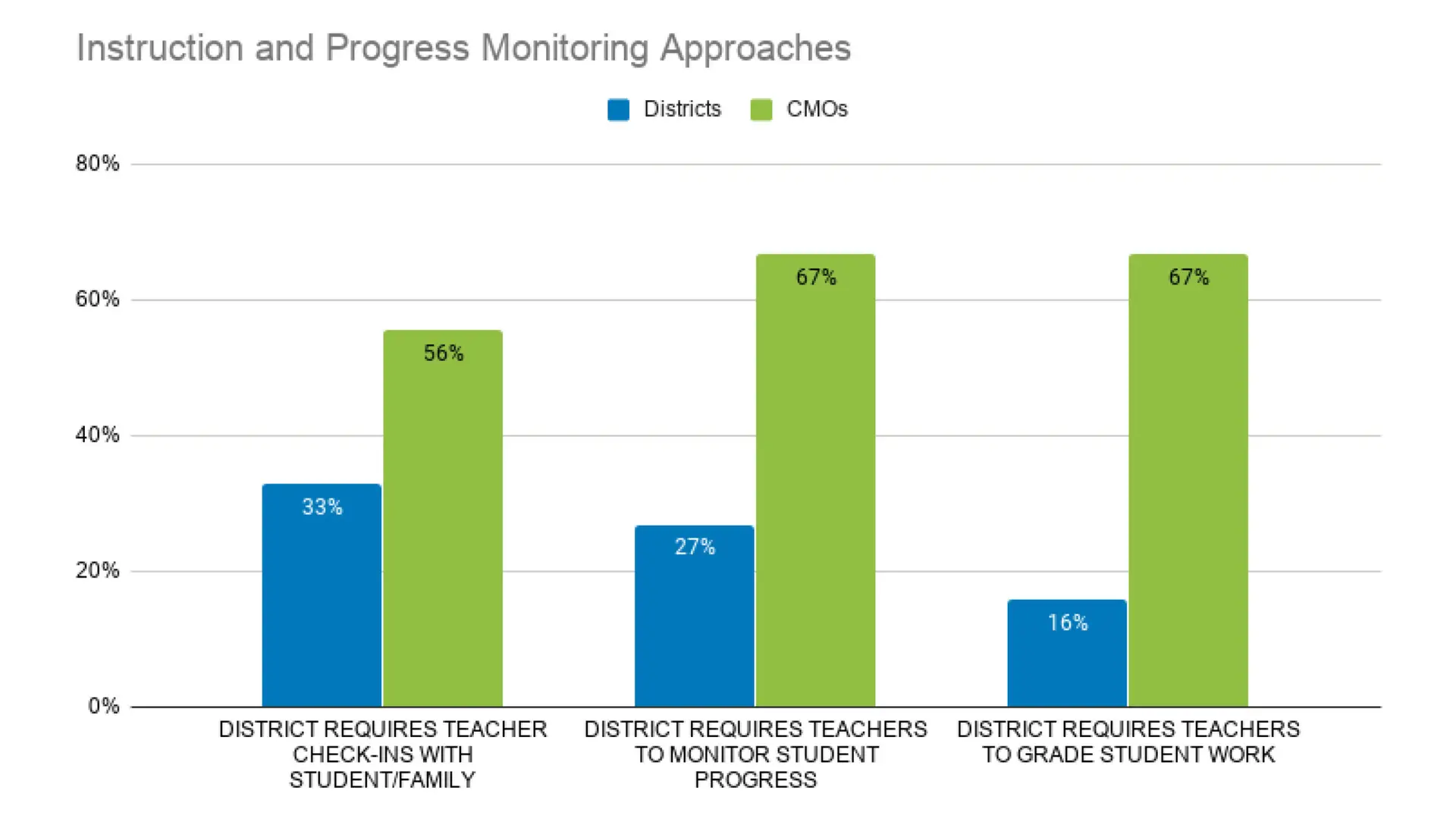
How 18 Top Charter School Networks Are Adapting to Online Education, and What Other Schools Can Learn From Them
- April 9, 2020·
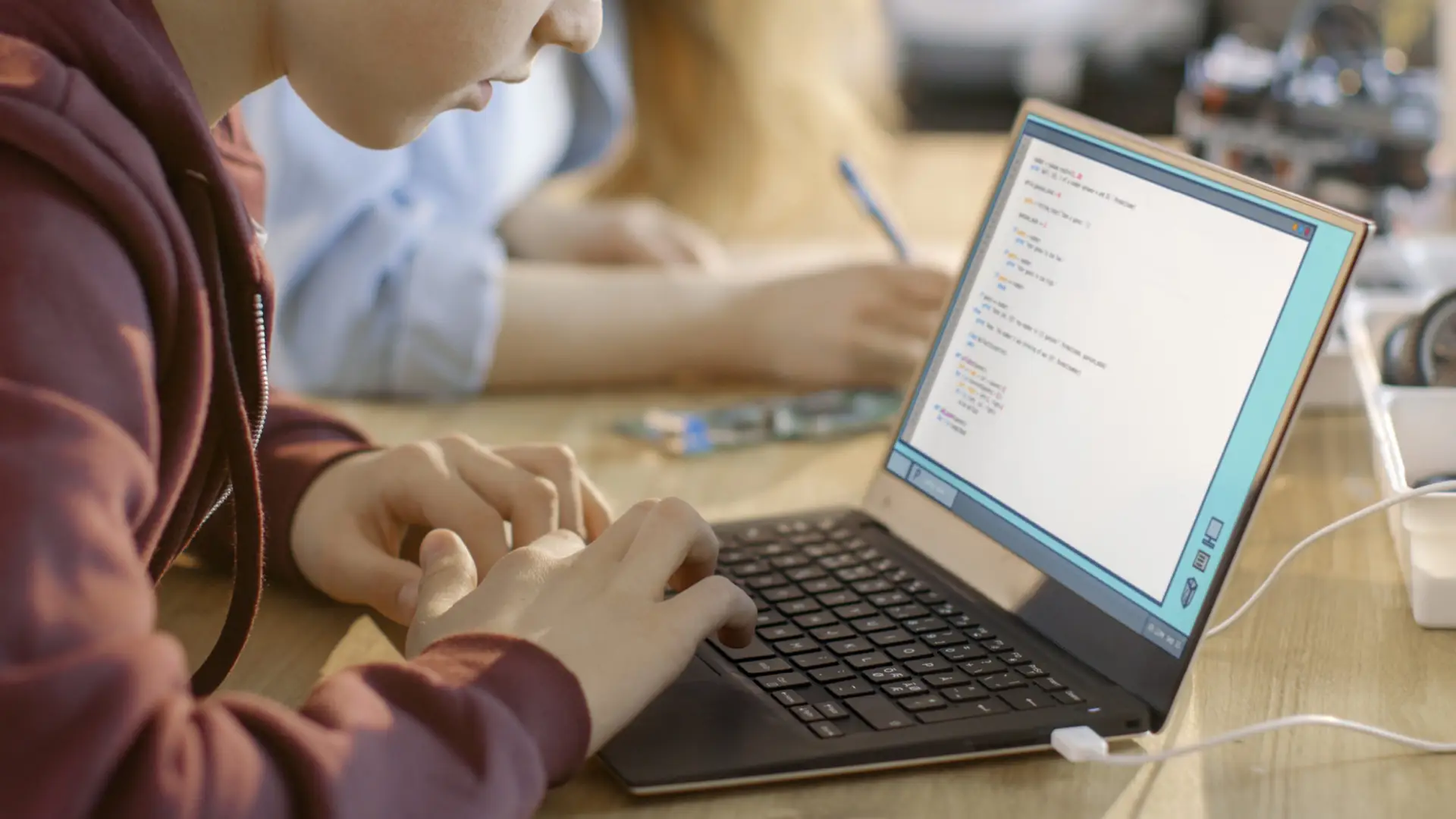
School Systems Make a Slow Transition From the Classroom to the Cloud
- April 3, 2020·

The Latest From a Nationwide Survey: Districts Continue to Struggle Toward Online Learning
- March 28, 2020·

What We’re Learning from an Early Look at District COVID-19 Response Plans
- March 20, 2020·
Related projects
CRPE’s responsive data tracking work built upon and informed other CRPE projects. Explore related work:
The State of the American Student collects and synthesizes data over the course of the pandemic, cataloging the impact of systemic failures in public education’s response to Covid-19. It begins to chart a path to recovery and restitution for all students including a call to action for states and localities to define what recovery looks like and ensure an educational crisis of this magnitude cannot happen again.
The Evidence Project brings together researchers from around the country in order to narrow the gap between research and policy, offering a one-stop shop for evidence on teaching and learning, school, finance, and more.
The Canopy Project is designed to share knowledge sourced from hundreds of organizations about schools innovating during the pandemic. The project is a collaborative effort to surface a diverse set of innovative learning environments and document the designs they are implementing.
Think Forward: New England offers an in-depth look at post-pandemic recovery in New England high schools. CRPE’s research is designed to reveal whether and how federal dollars are being directed toward supporting a better adolescent experience, how high schools are innovating and adapting to advance equity, and the choices students are making about their futures after high school.
For promising ways districts and states are spending their federal dollars to support recovery and reimagining, visit the EduRecoveryHub, co-sponsored by CRPE, the Collaborative for Student Success, and the Edunomics Lab.
For big ideas about how to move to a more joyful, equitable, and resilient education system, see CRPE.org and in particular, our 25th anniversary series, Thinking Forward.


